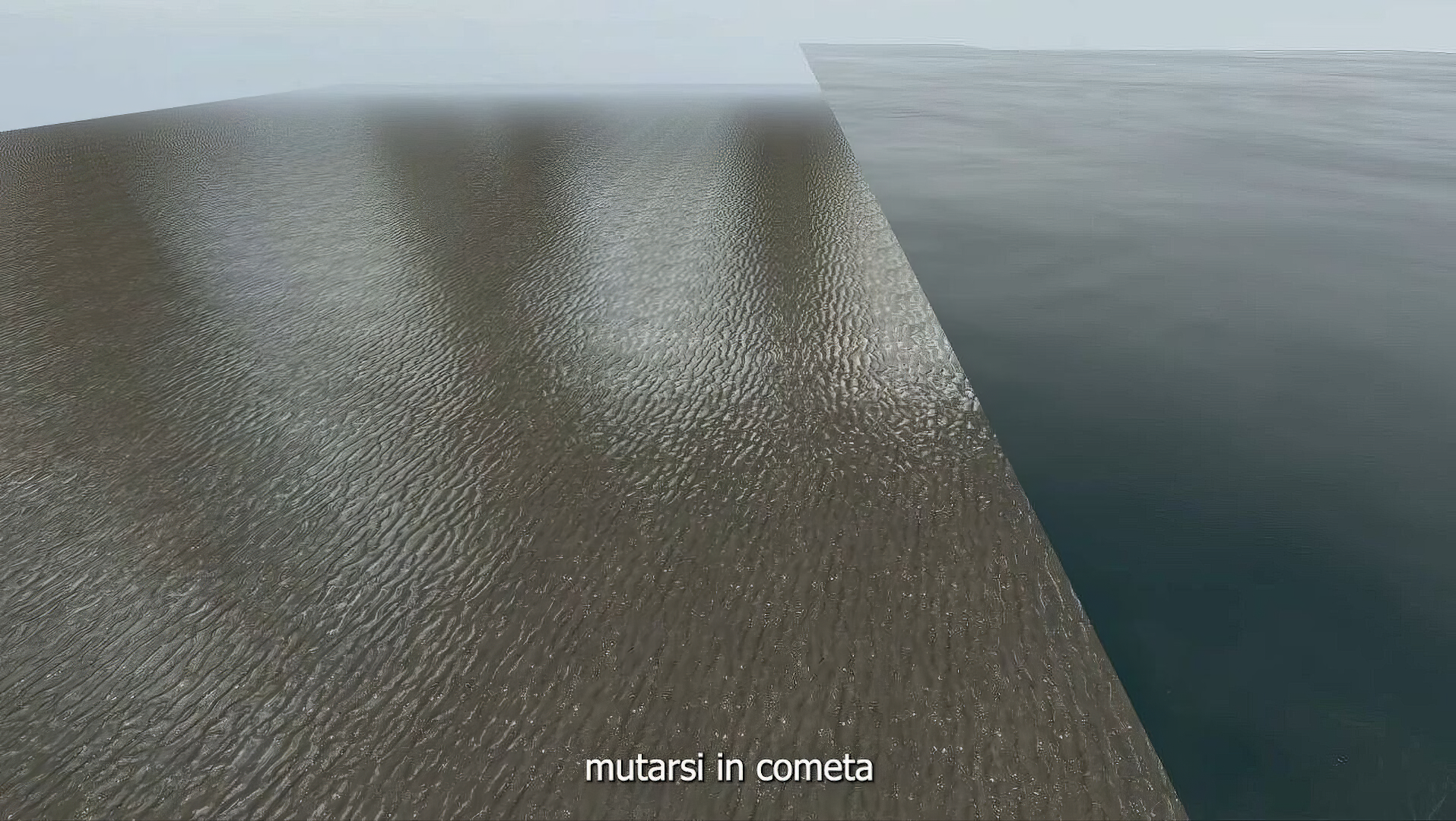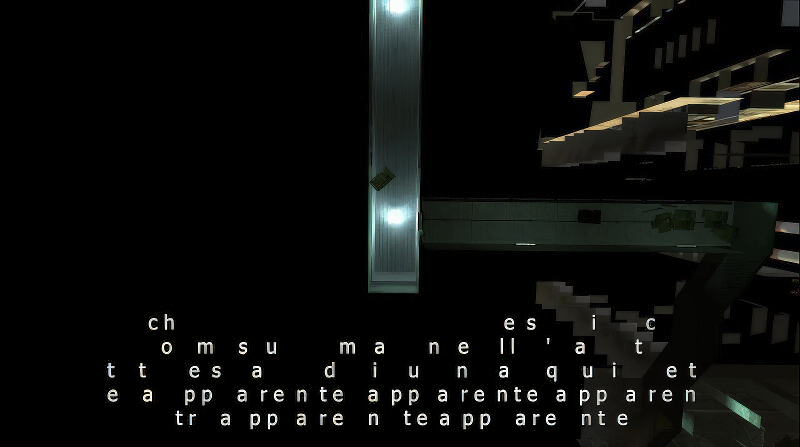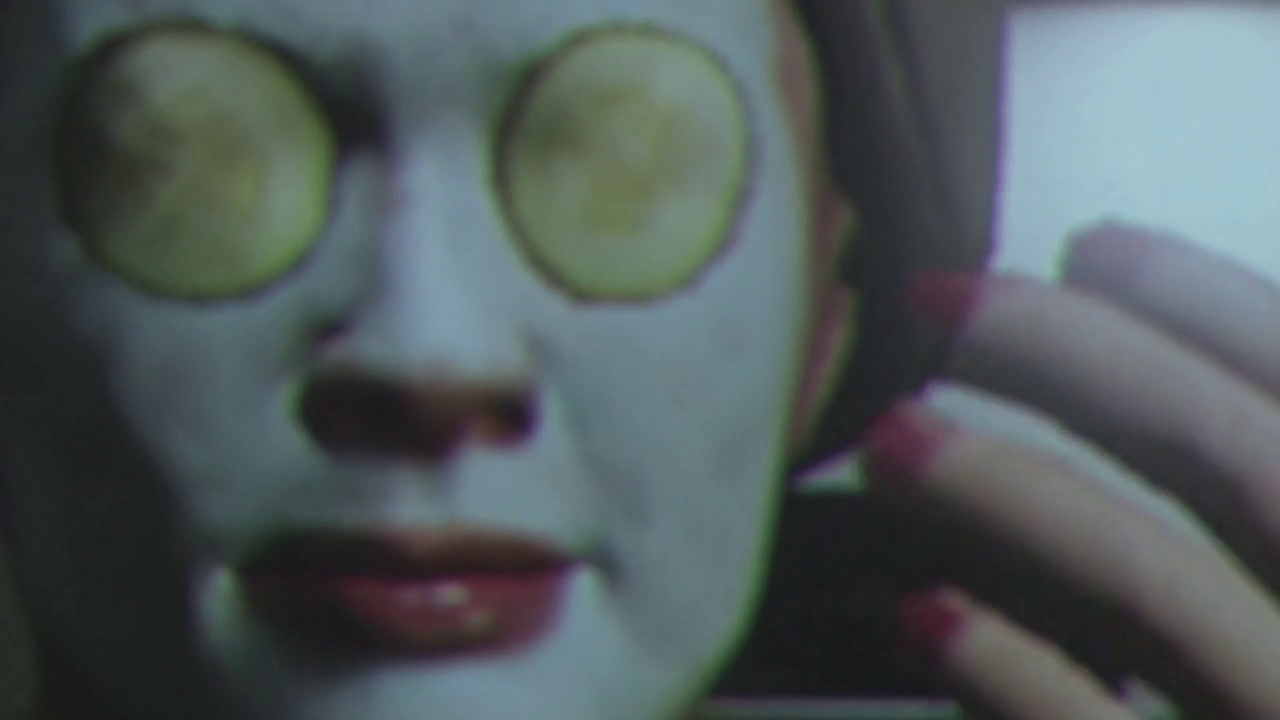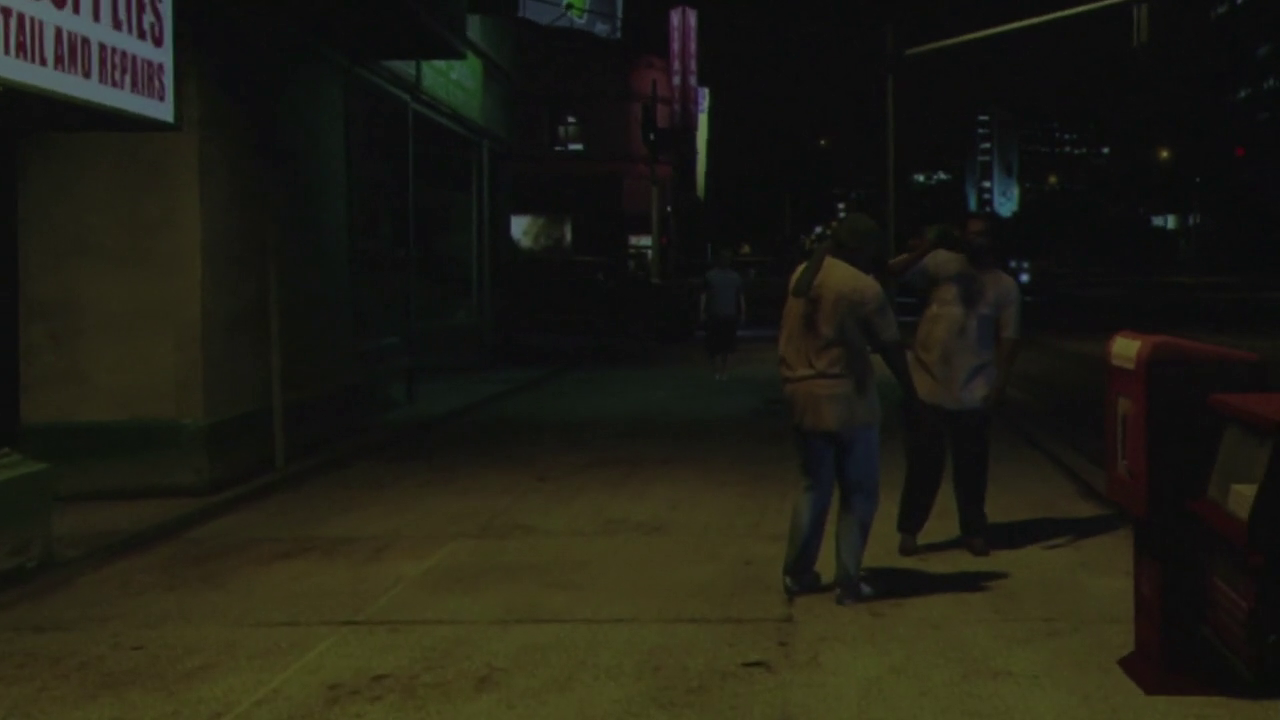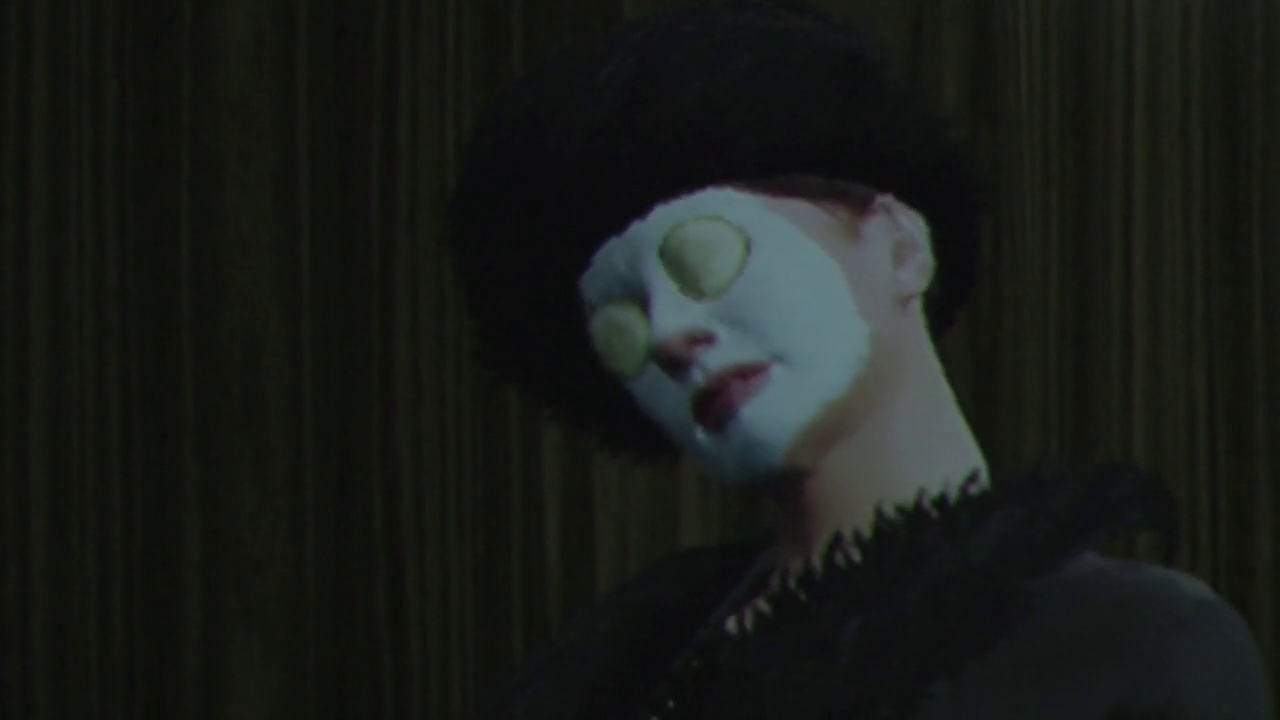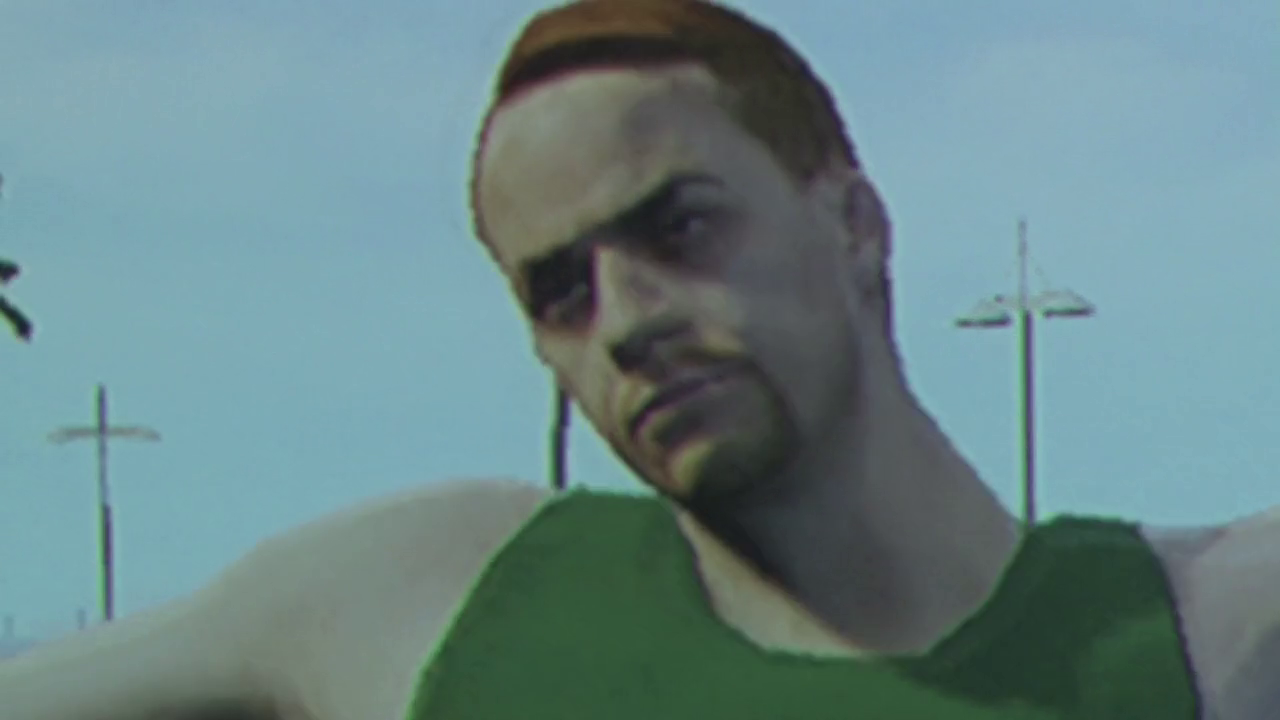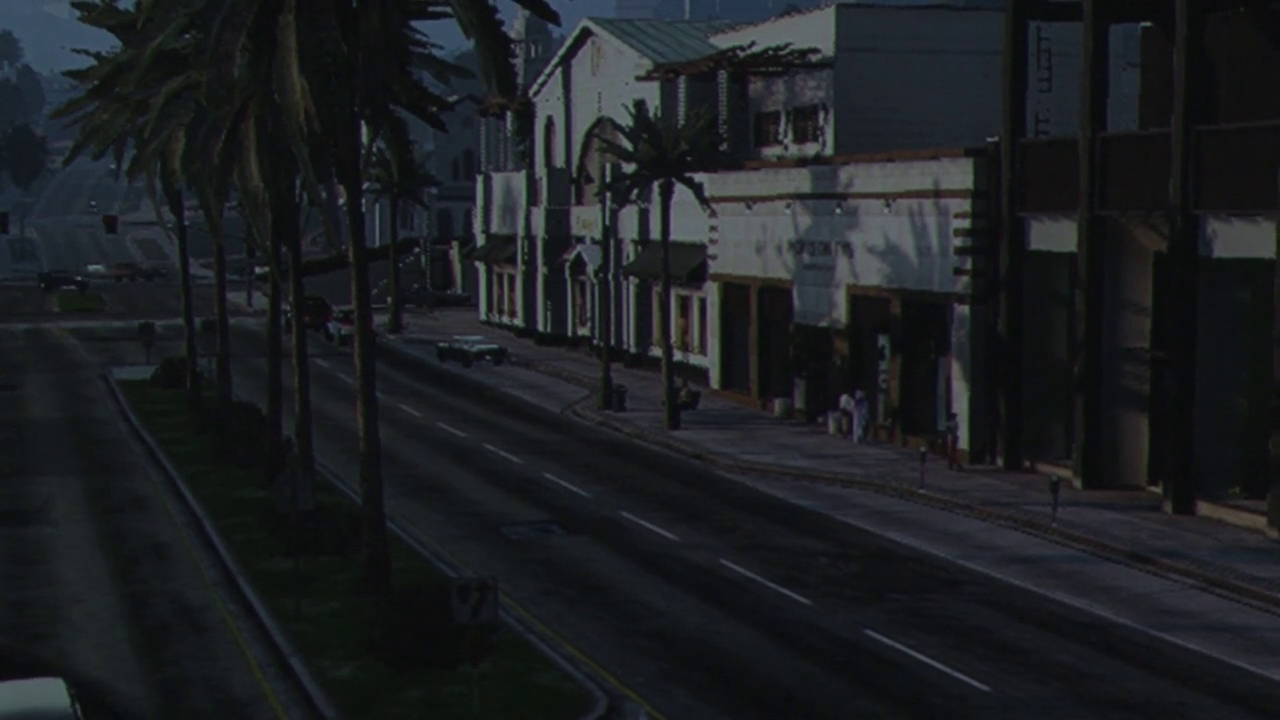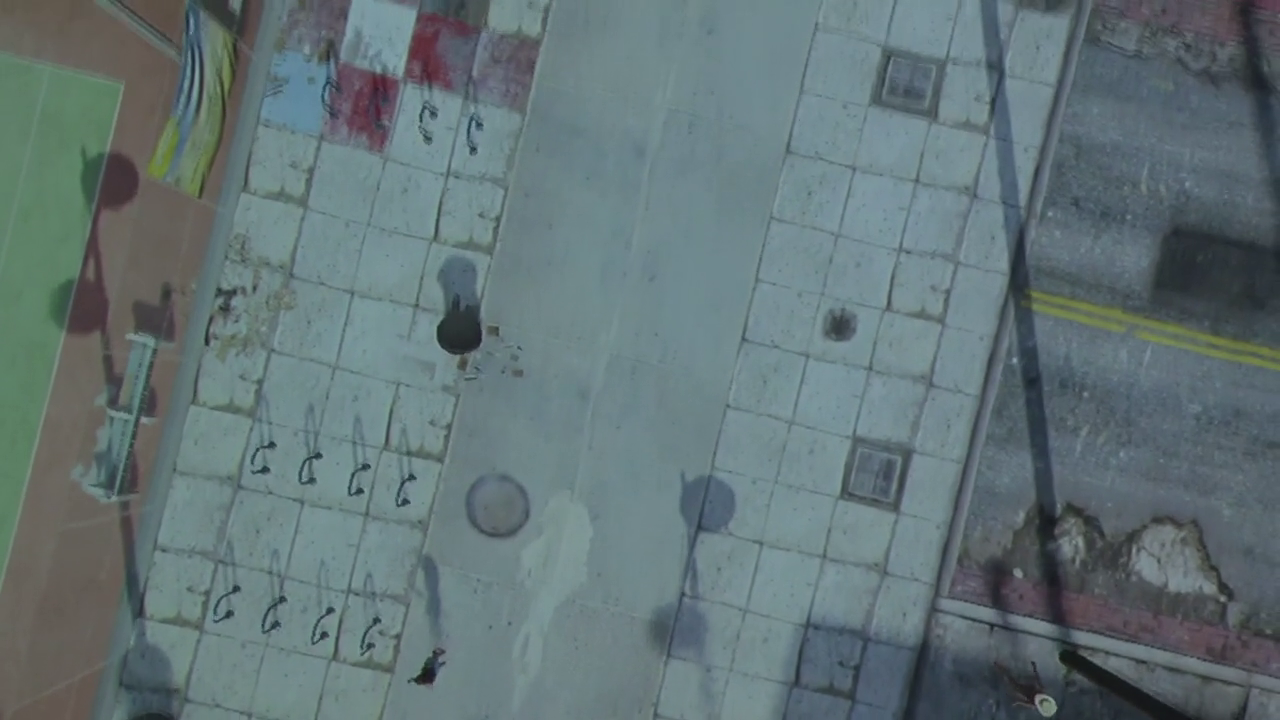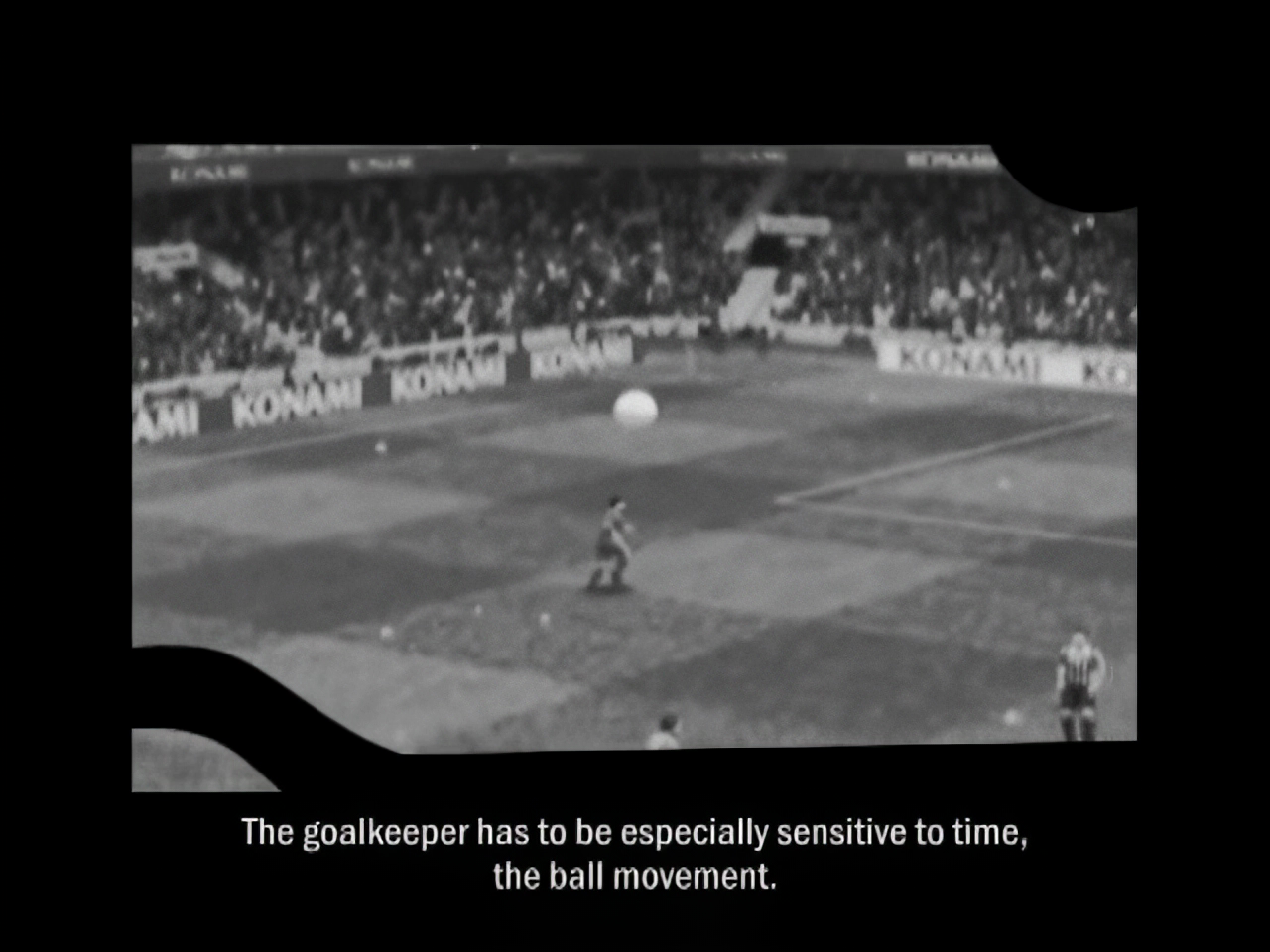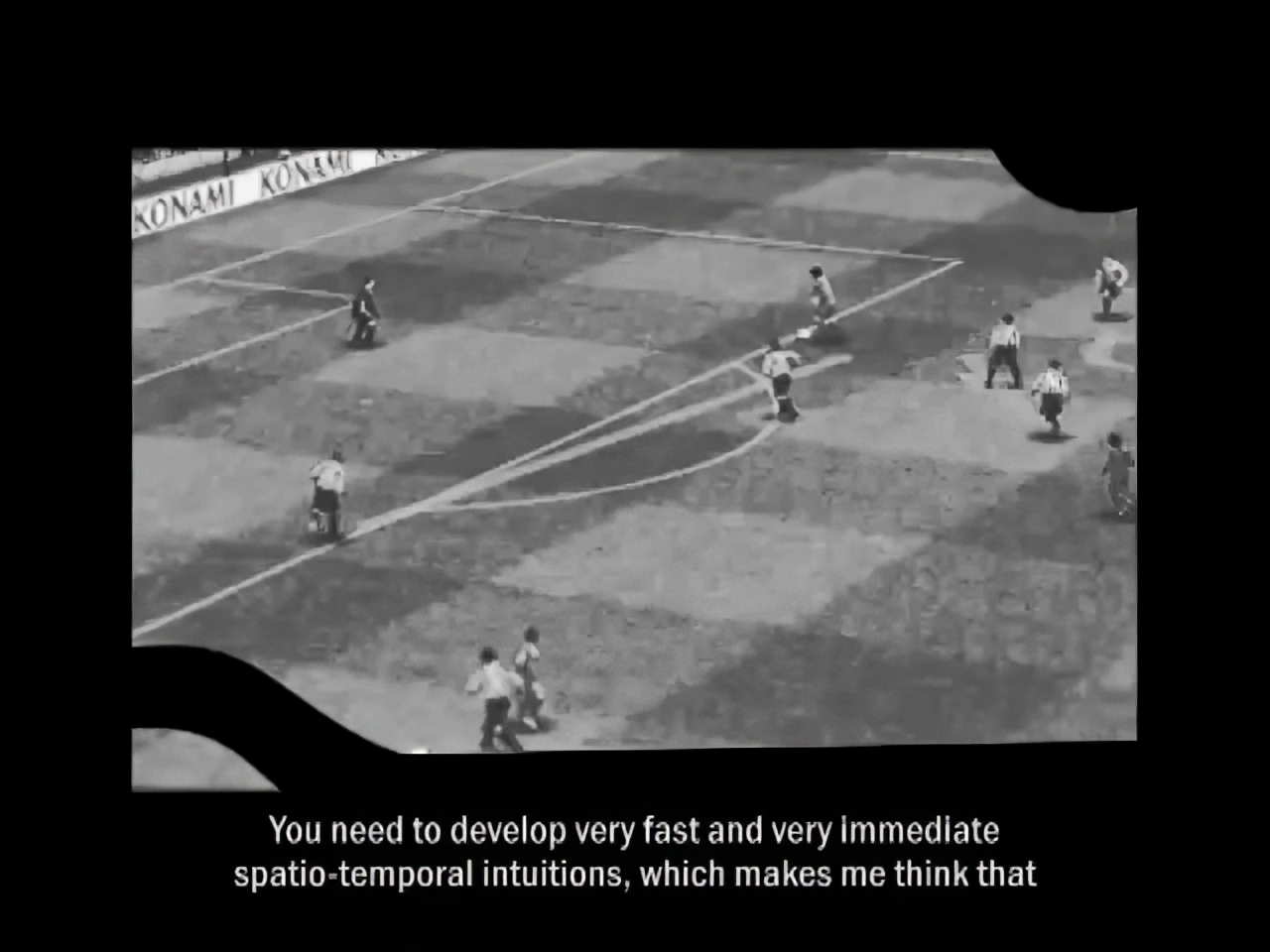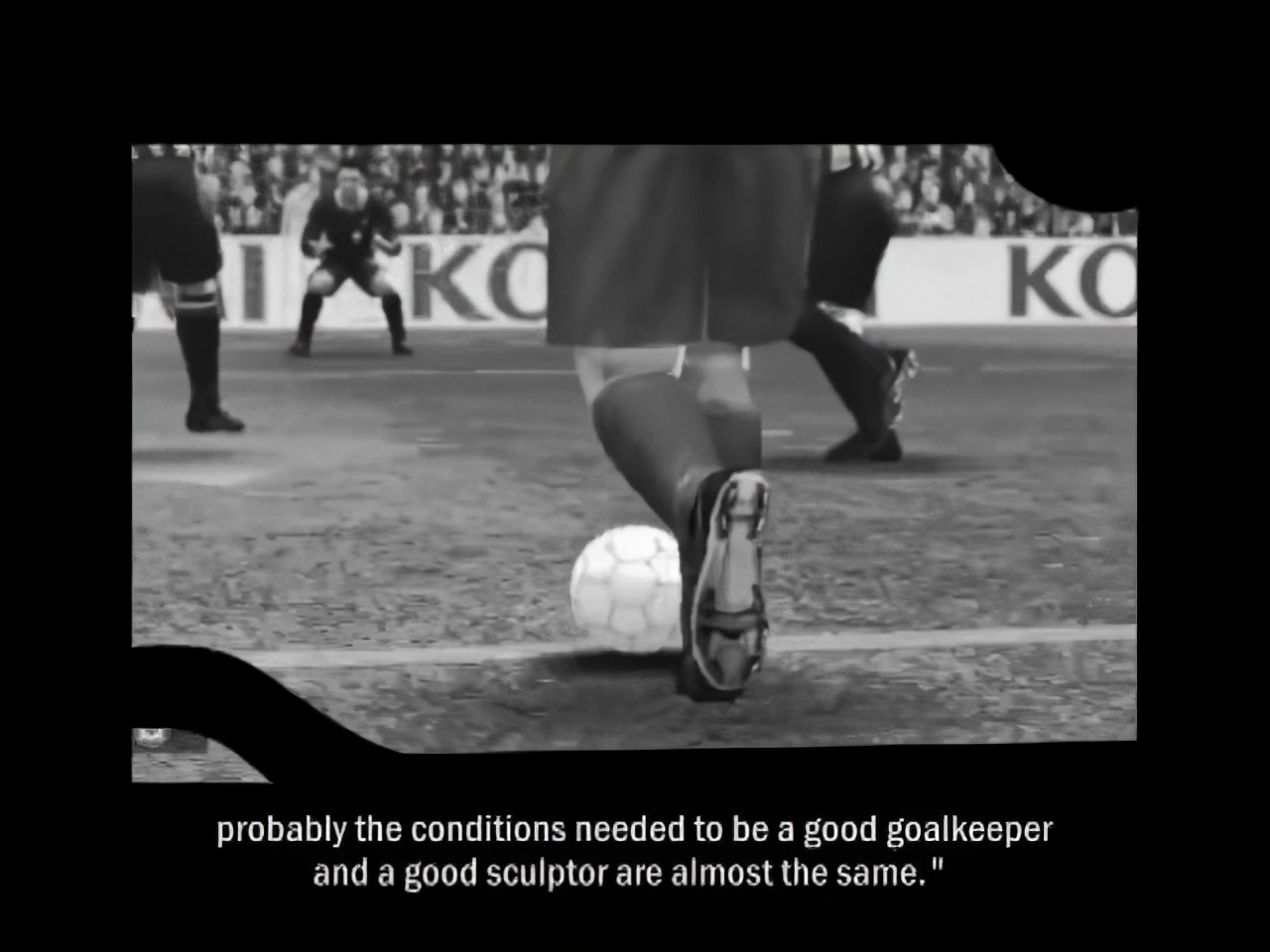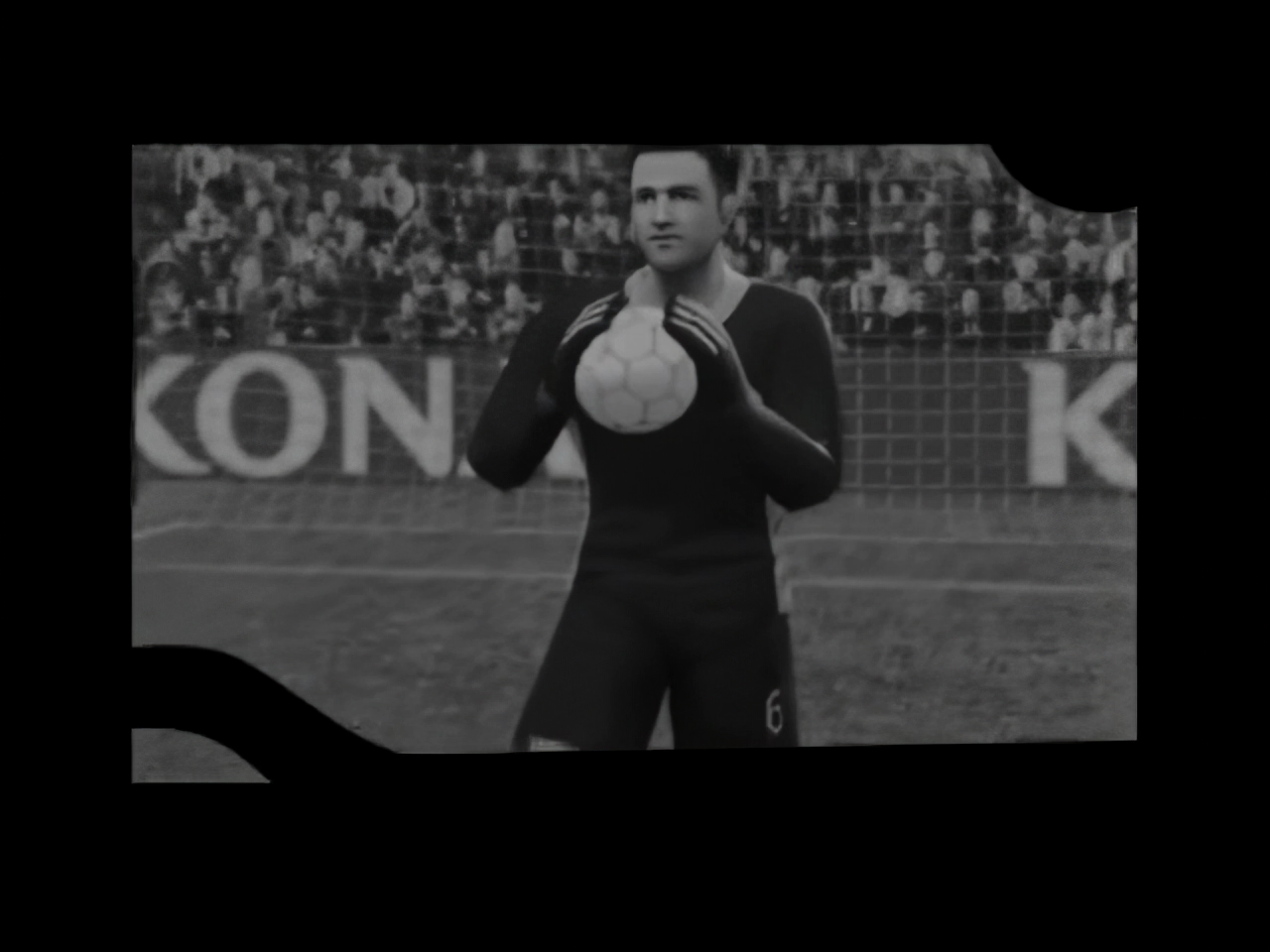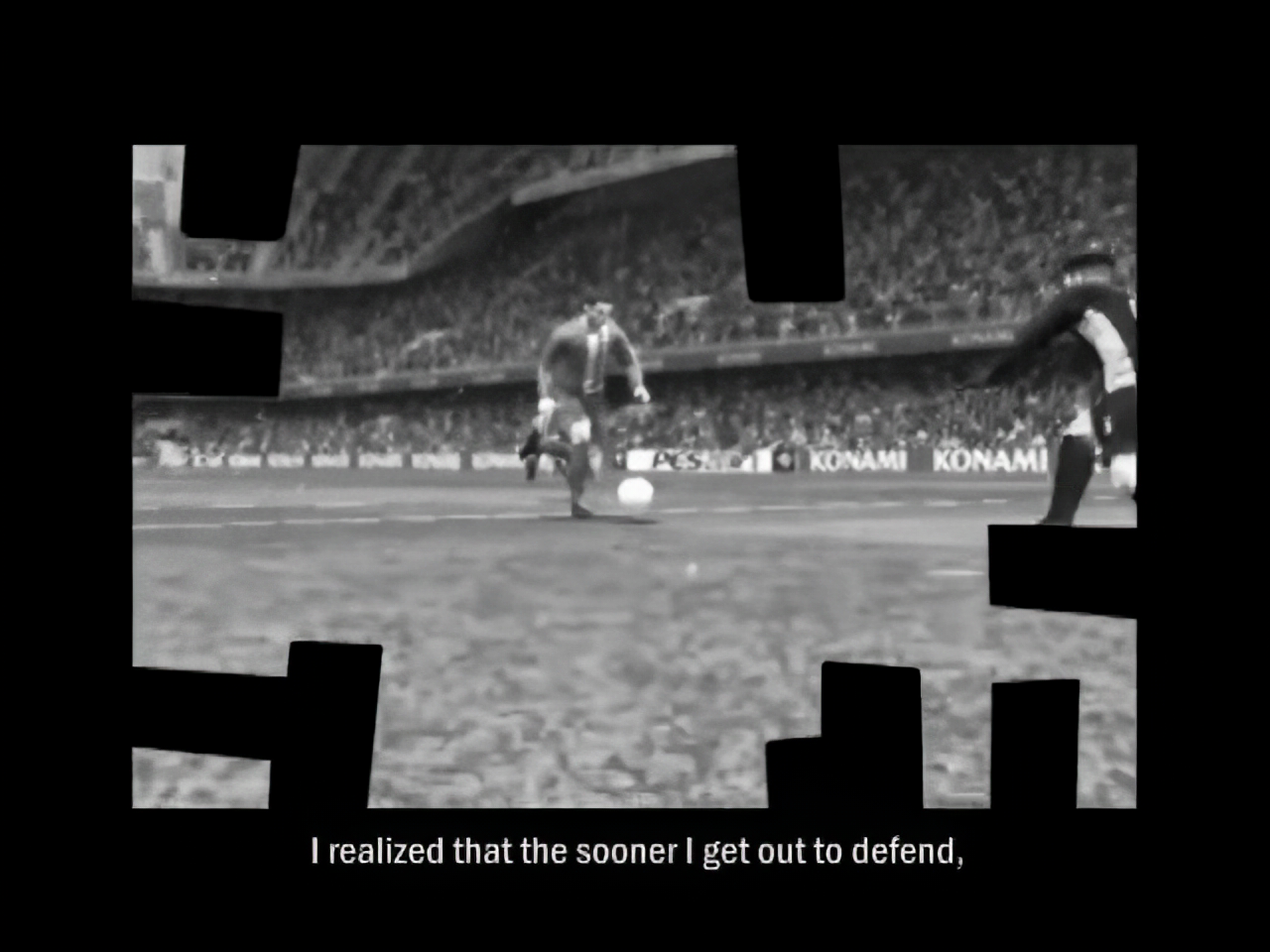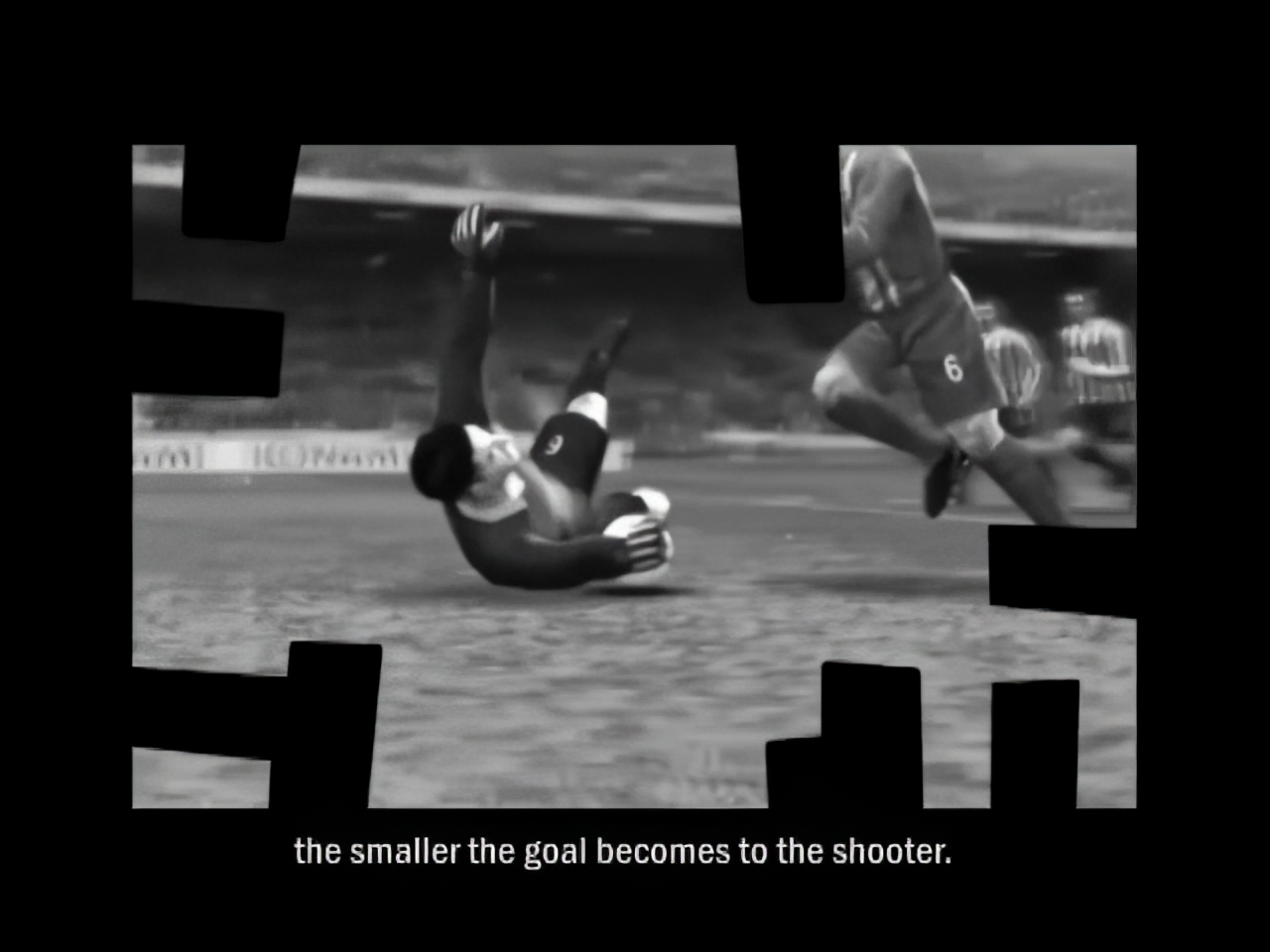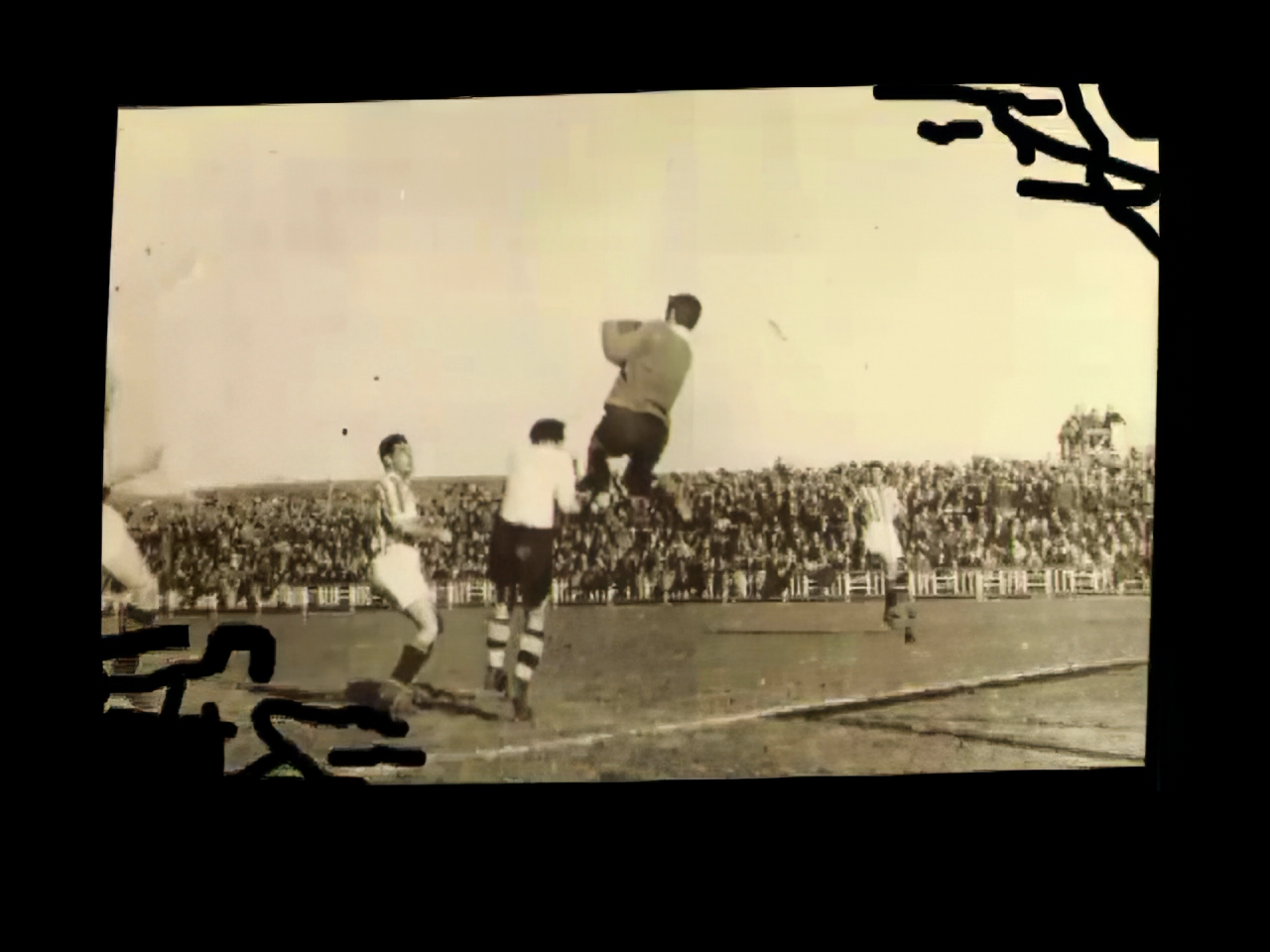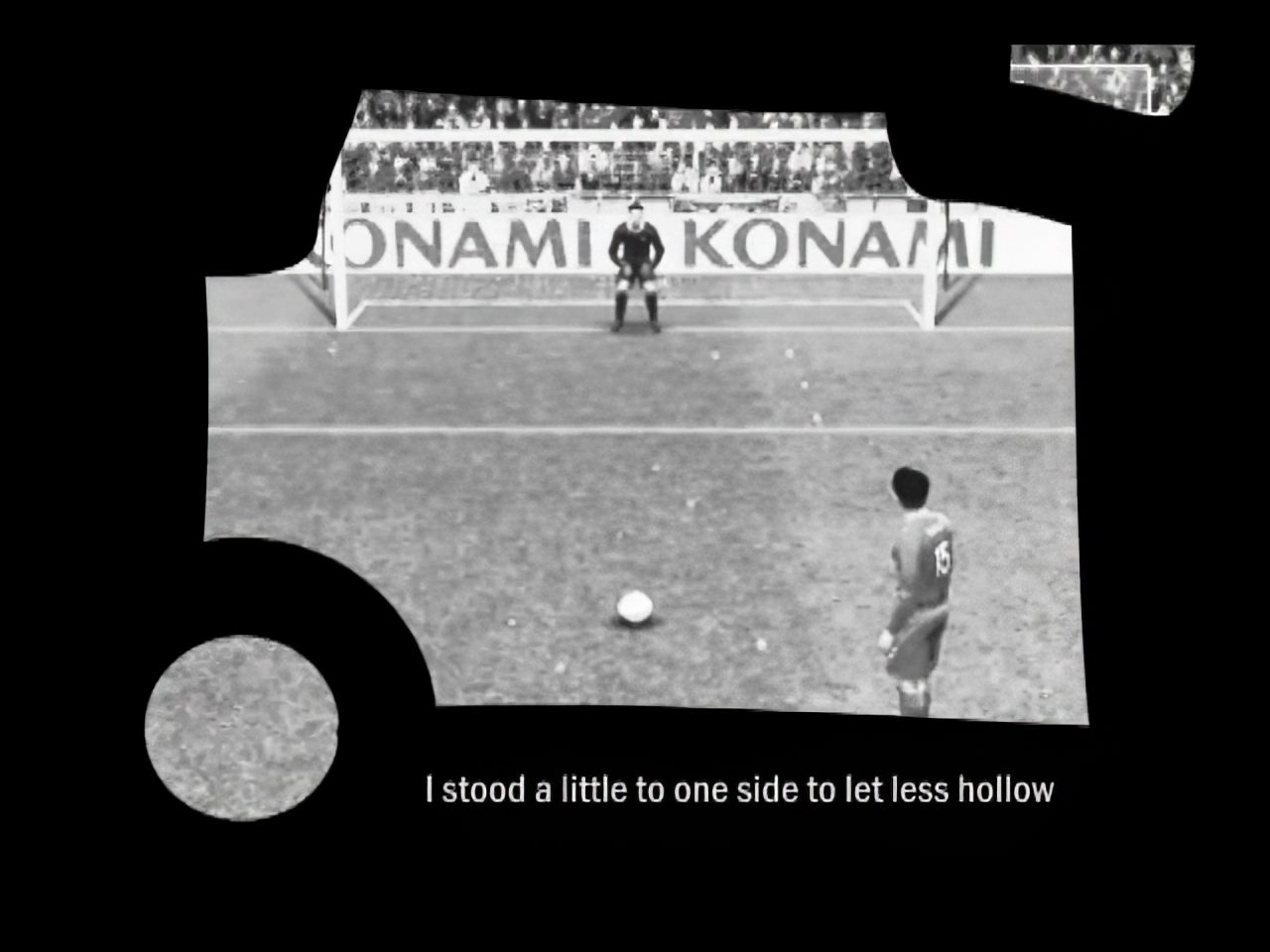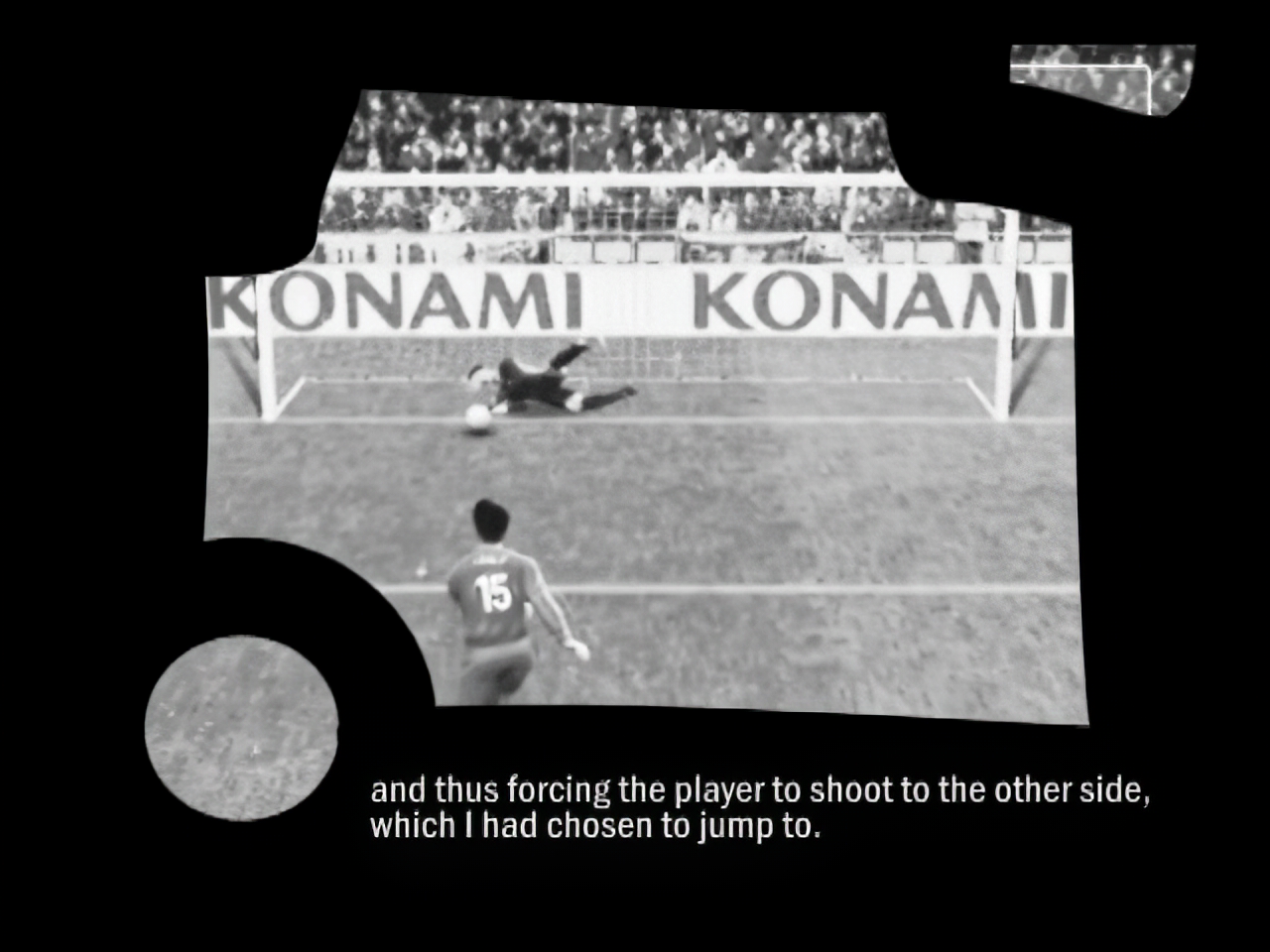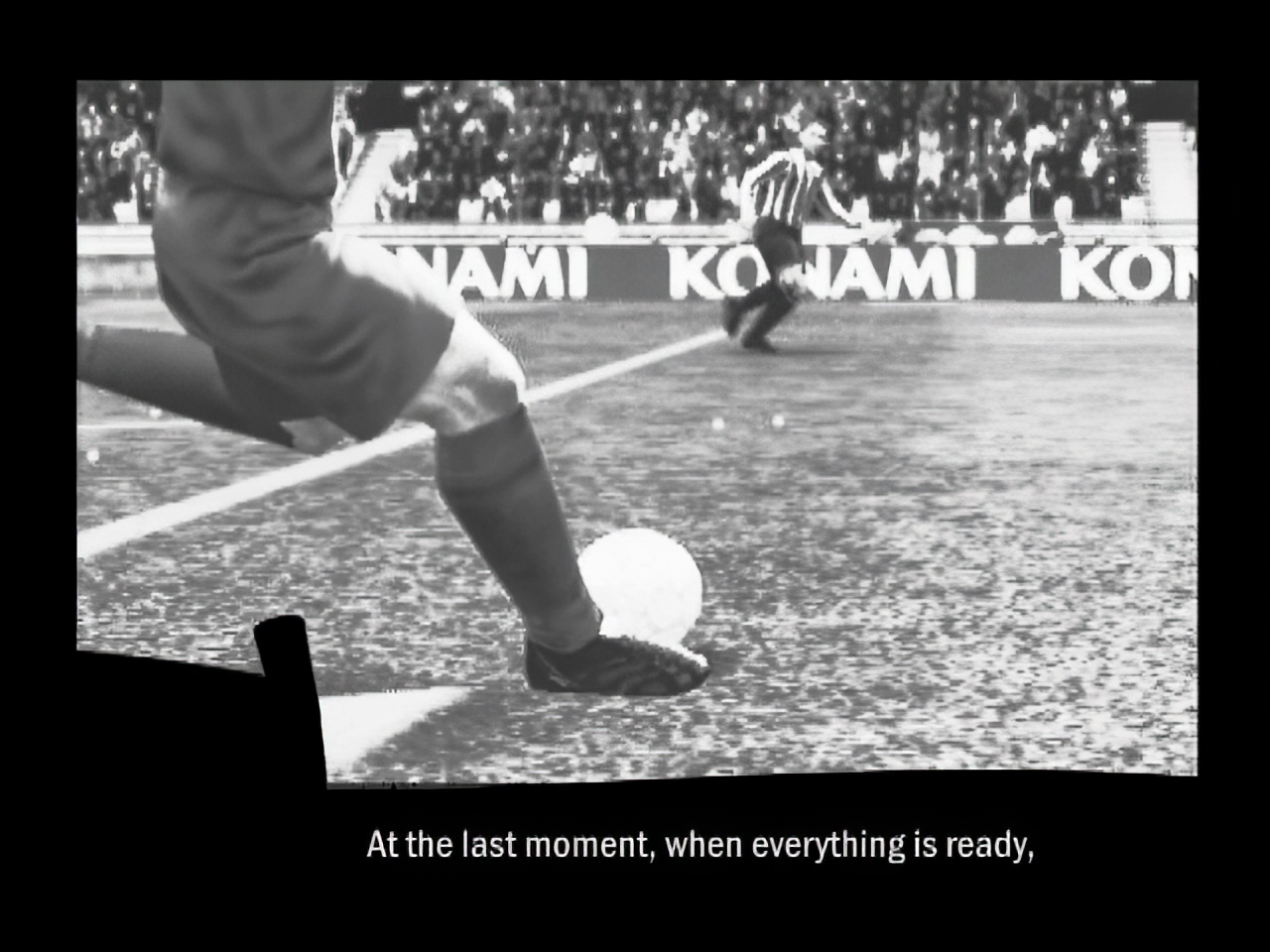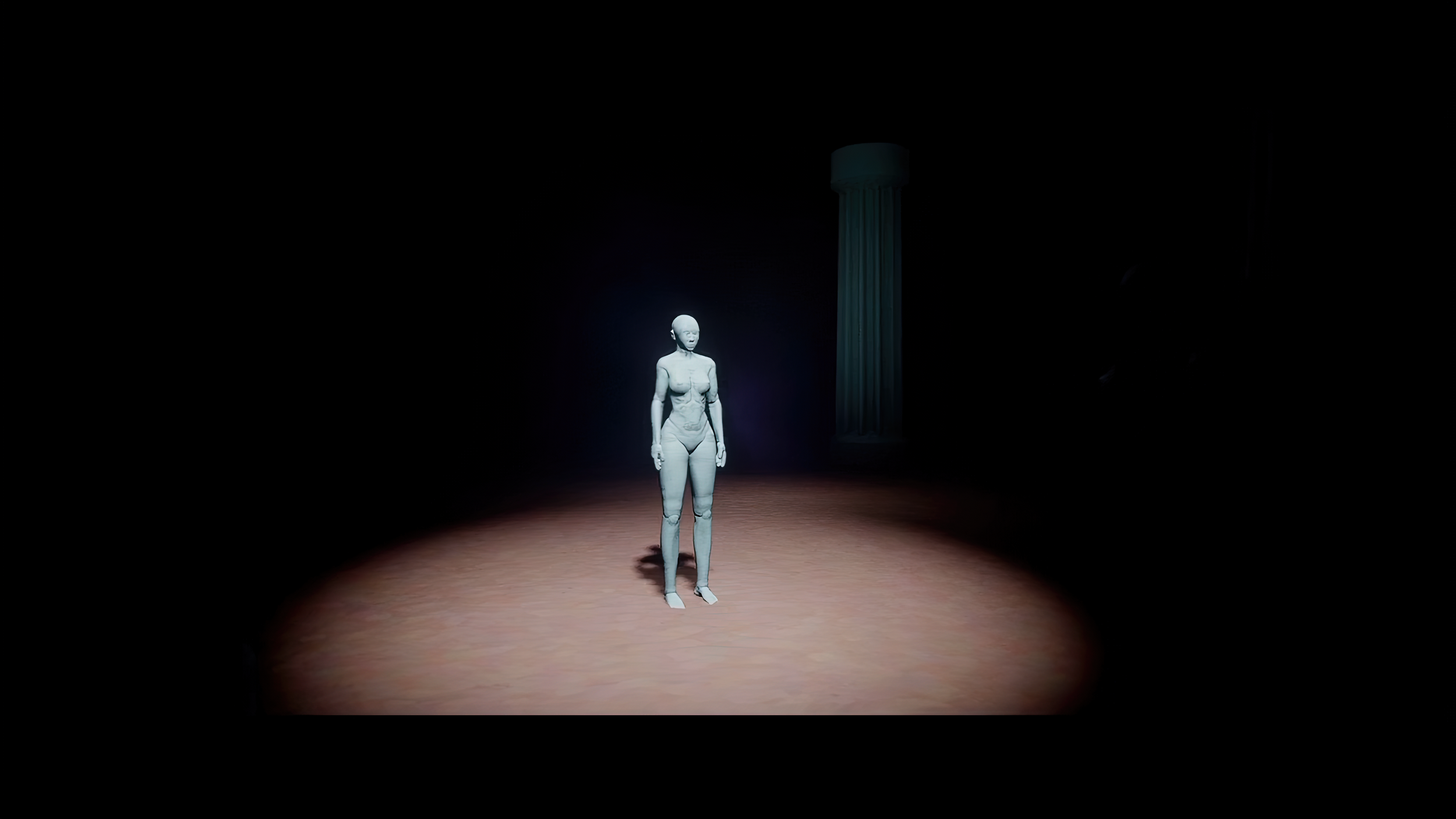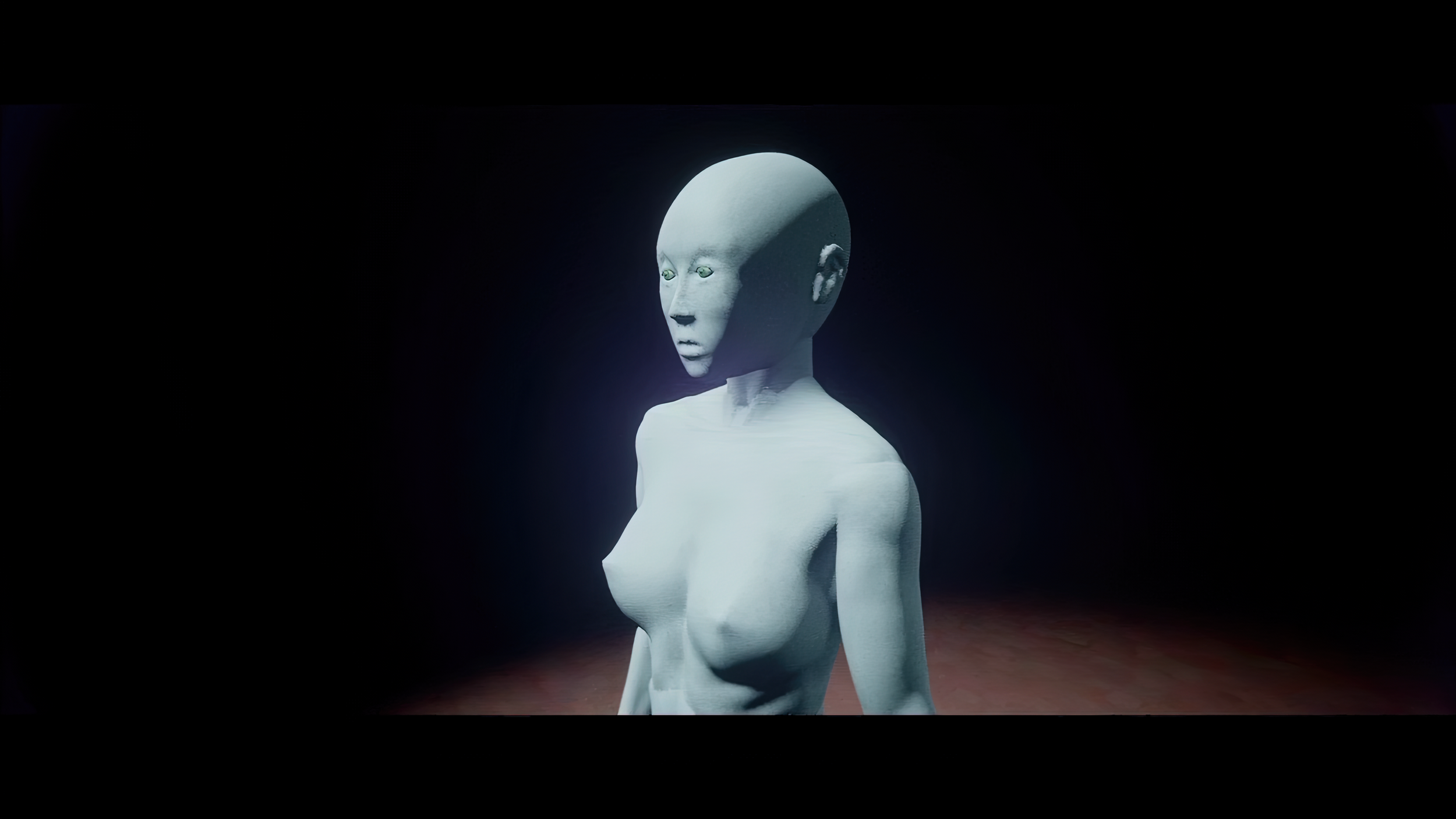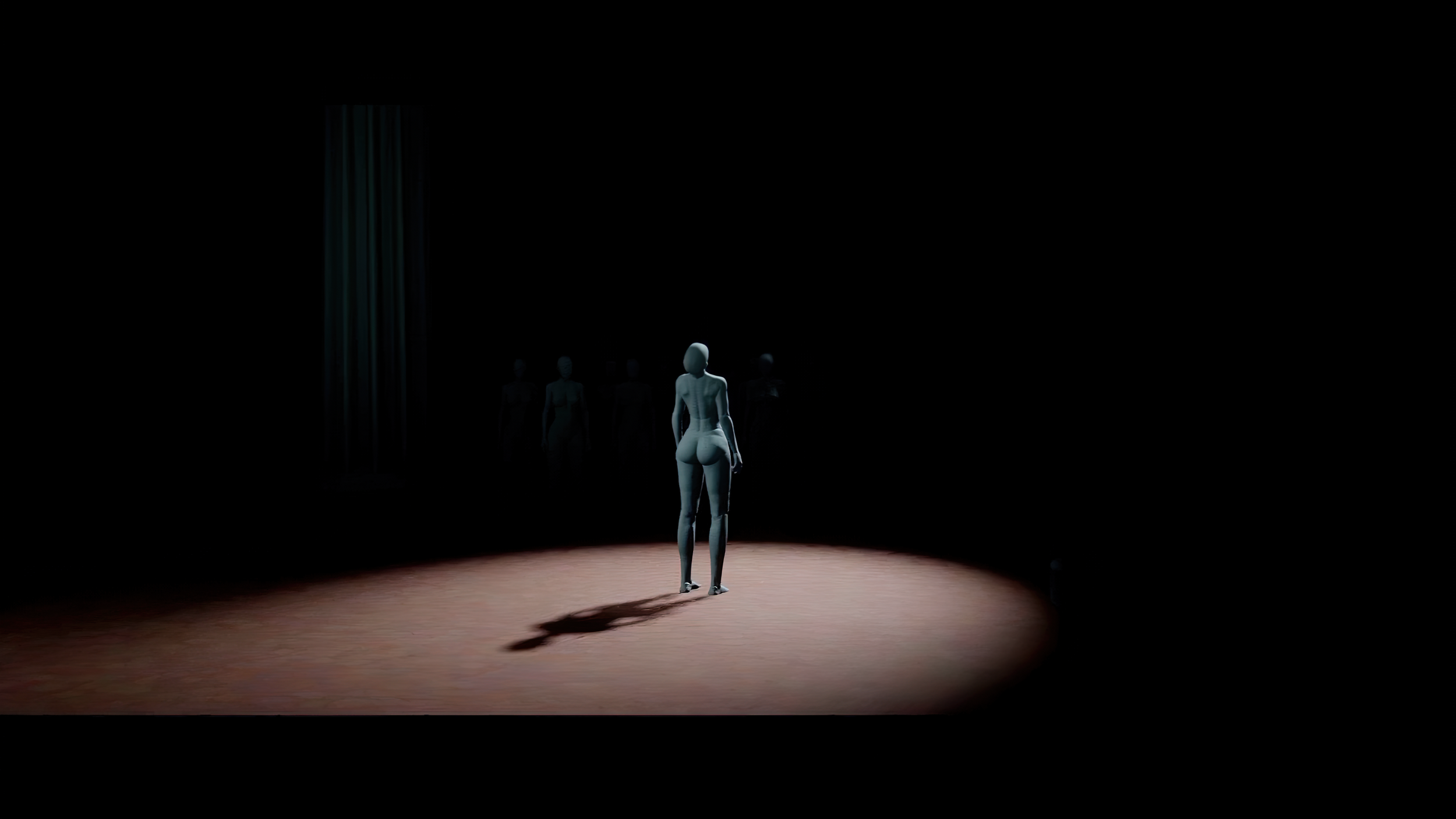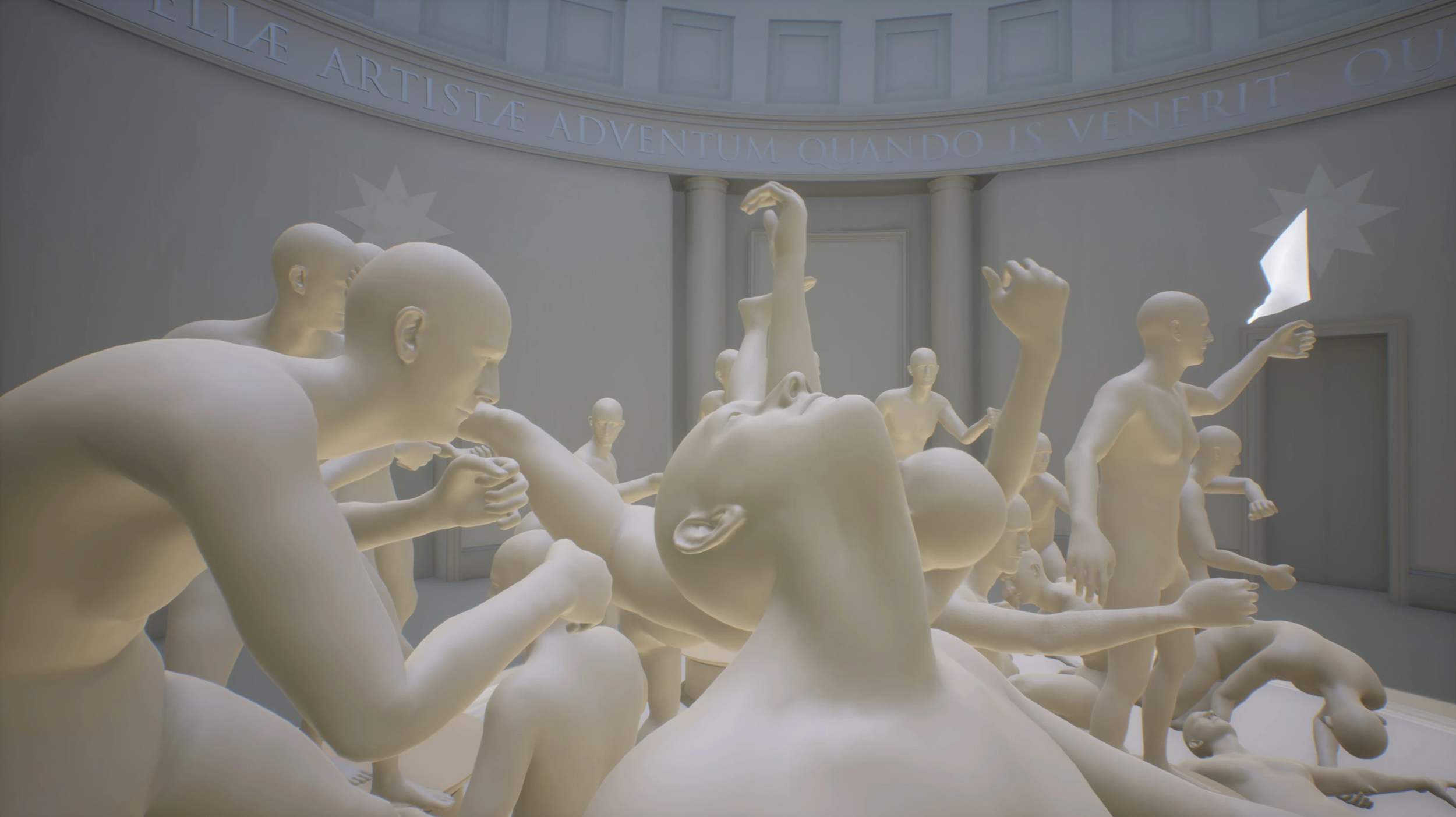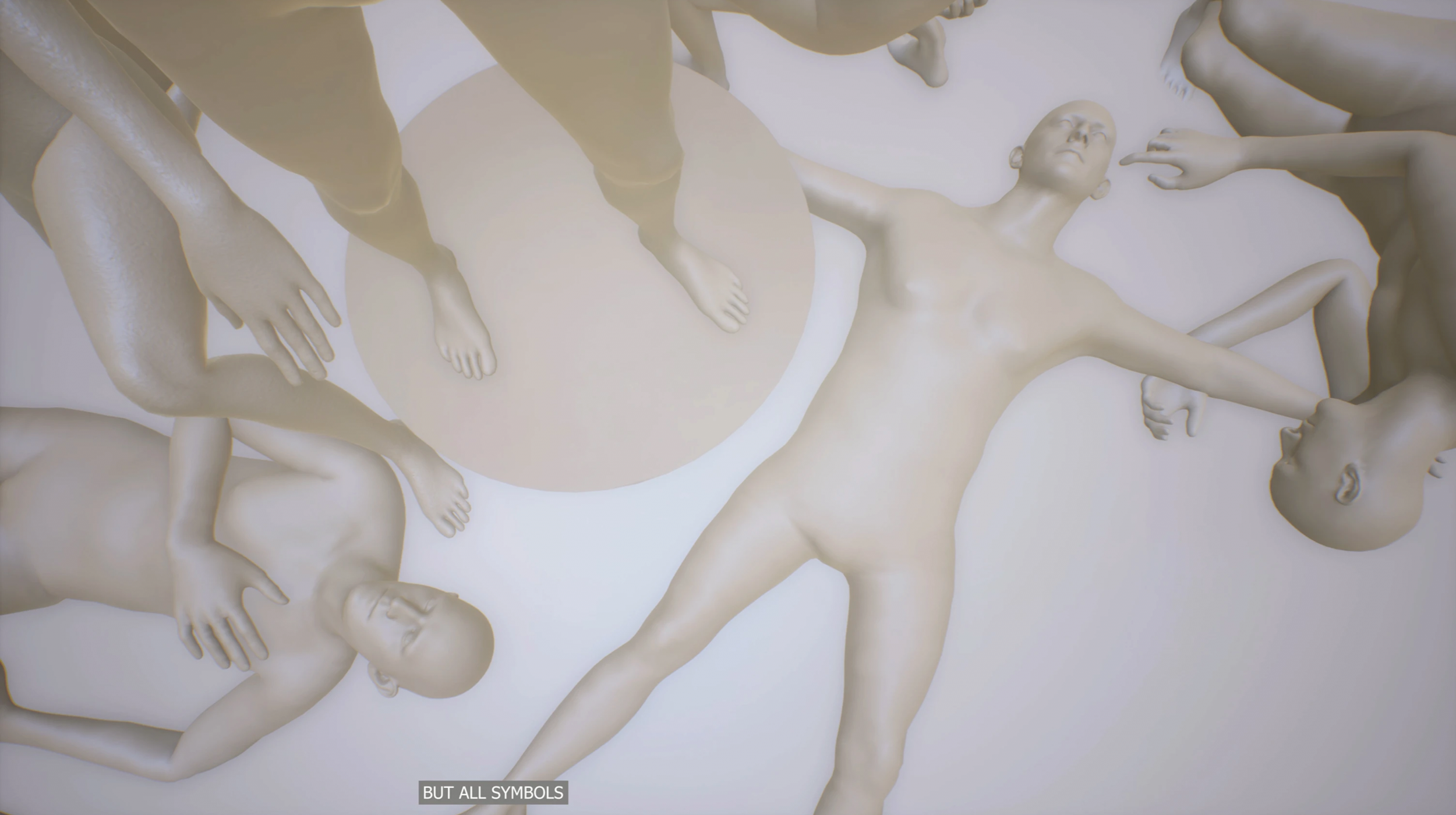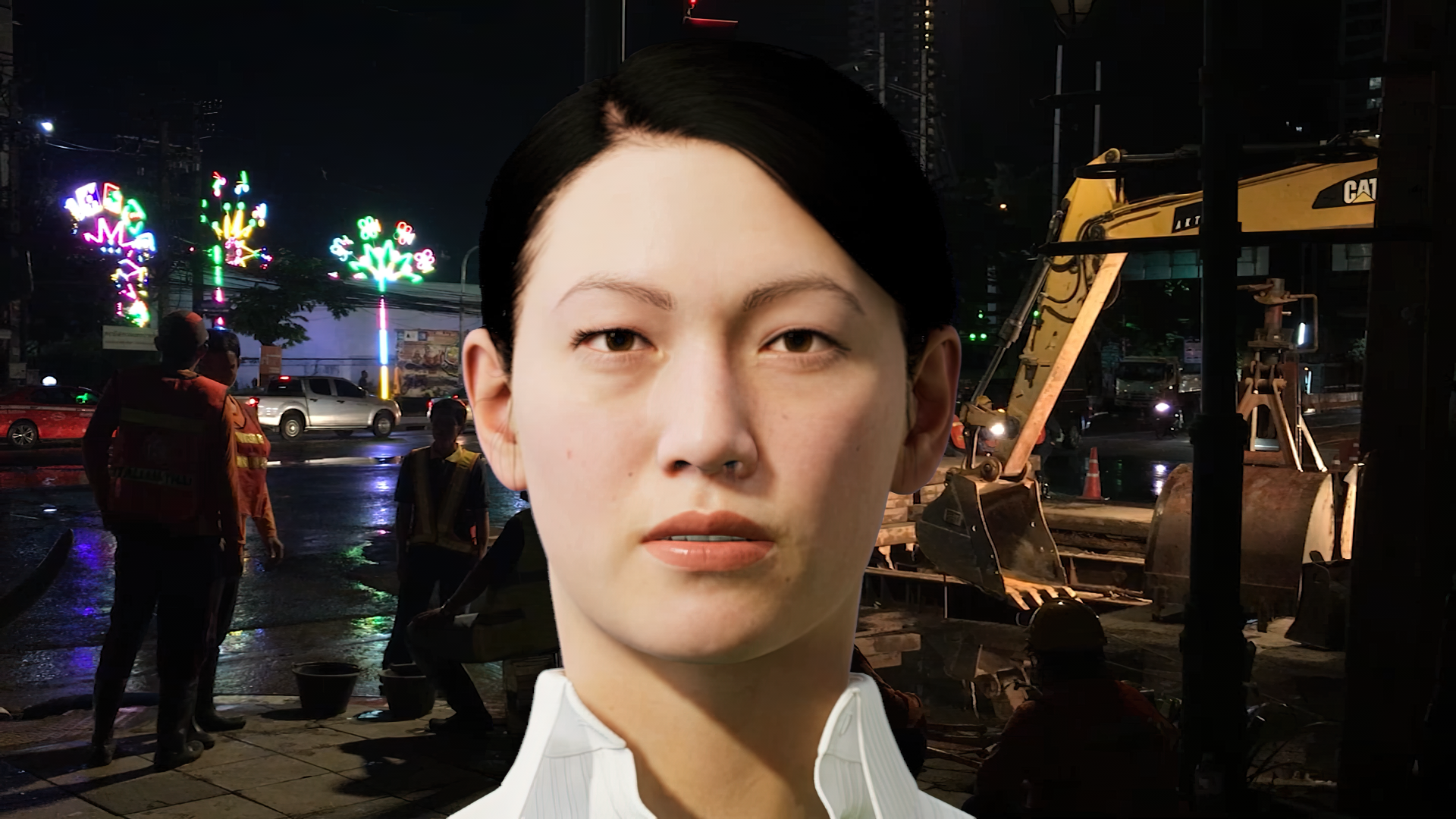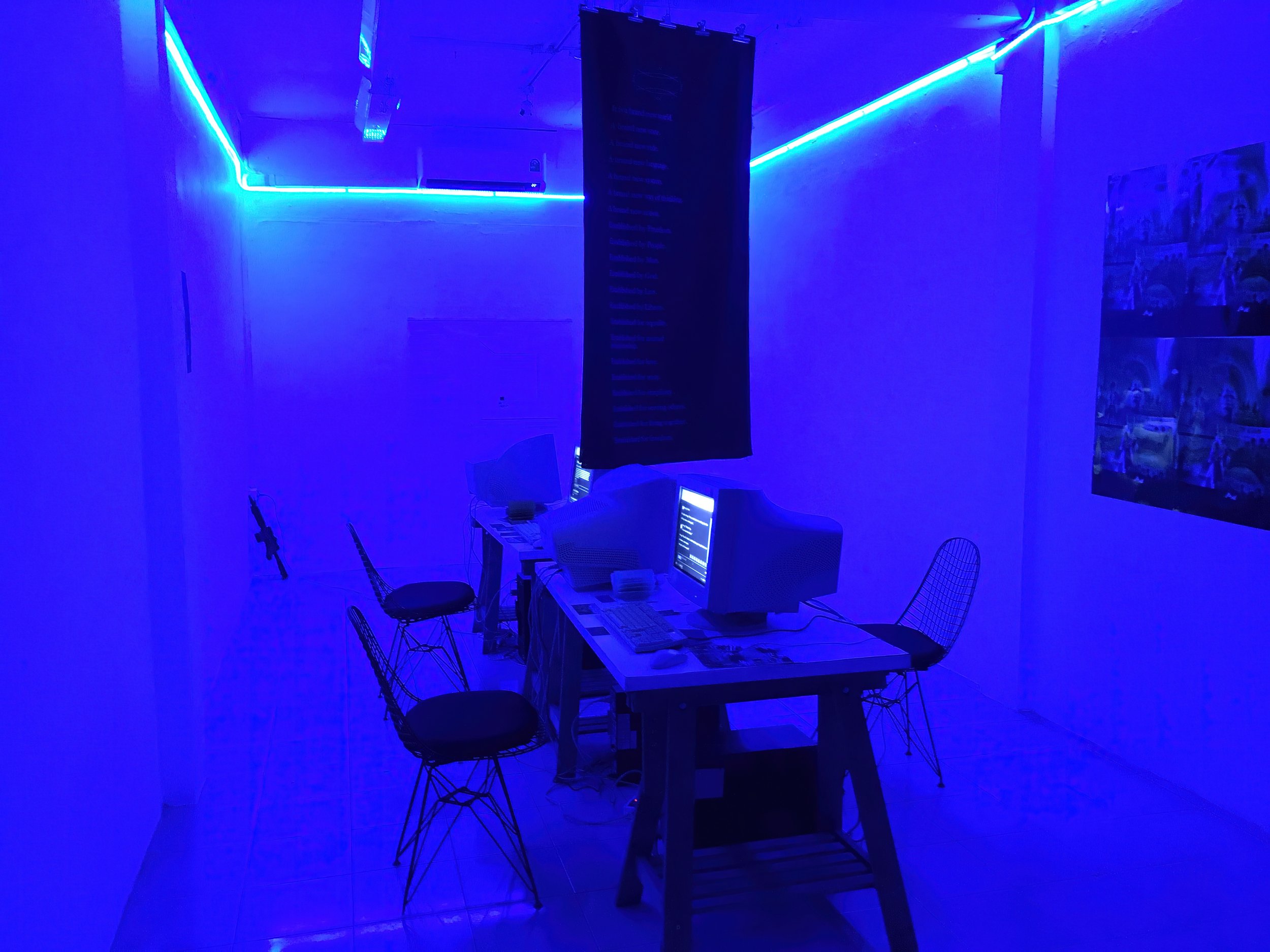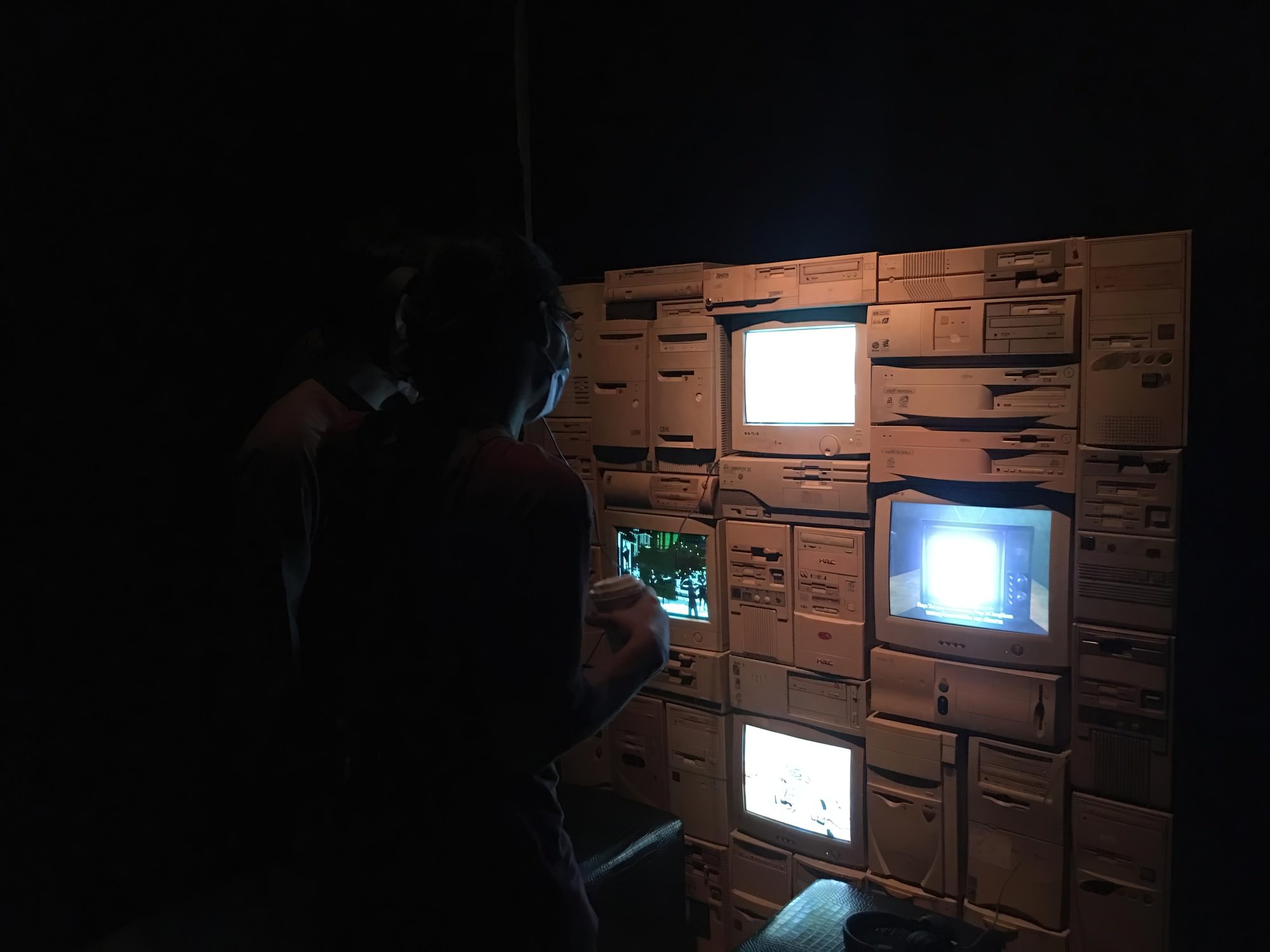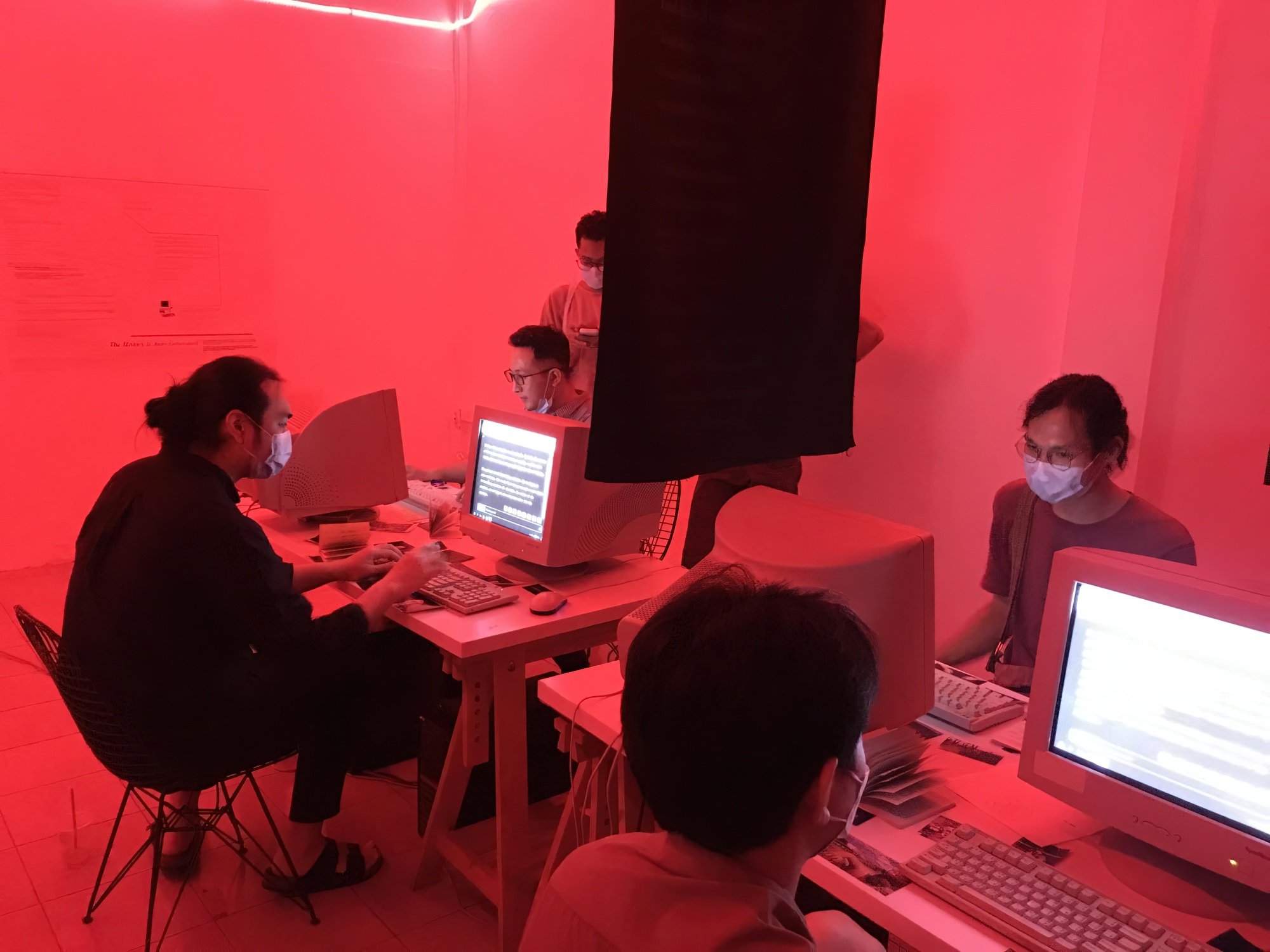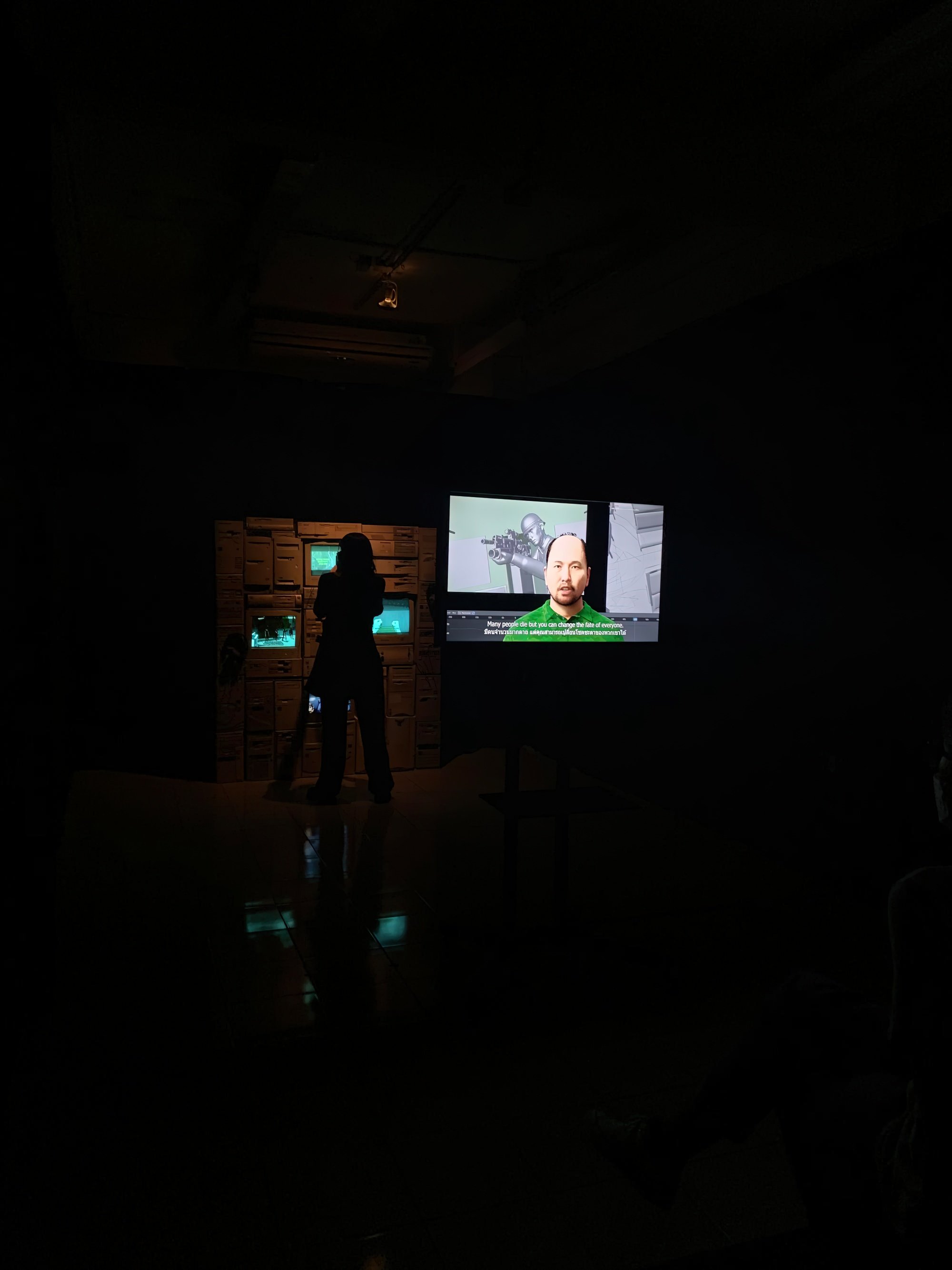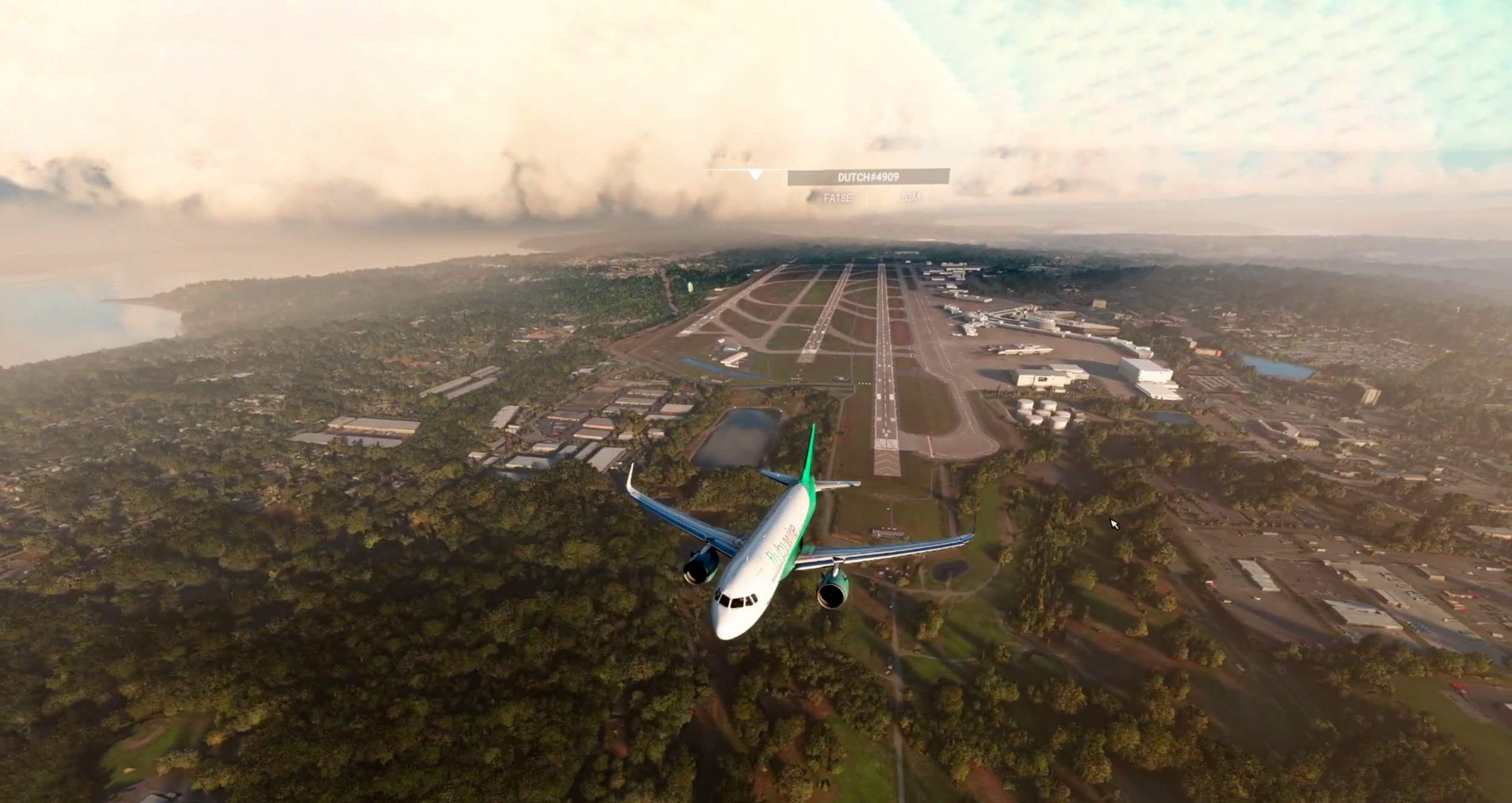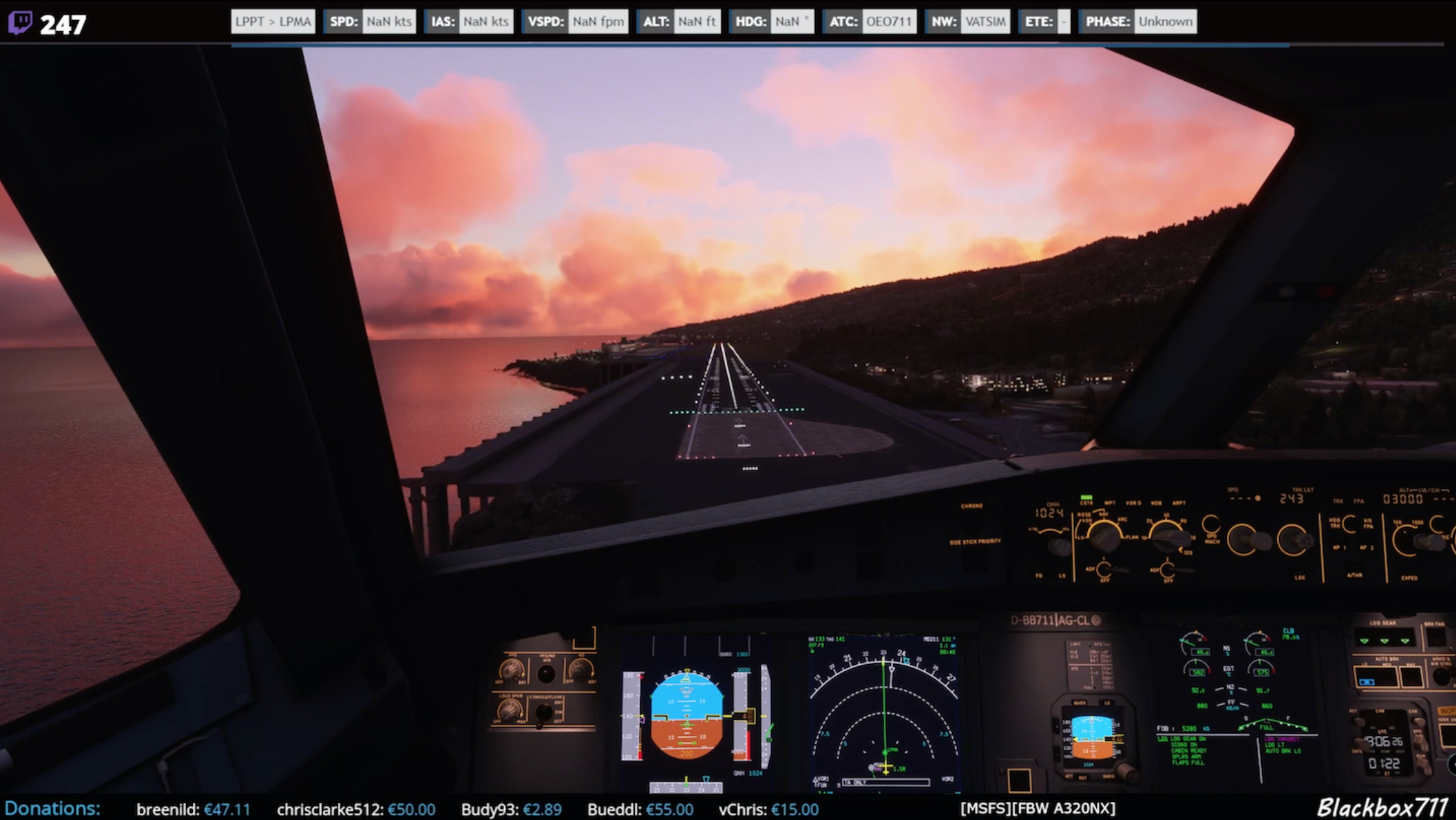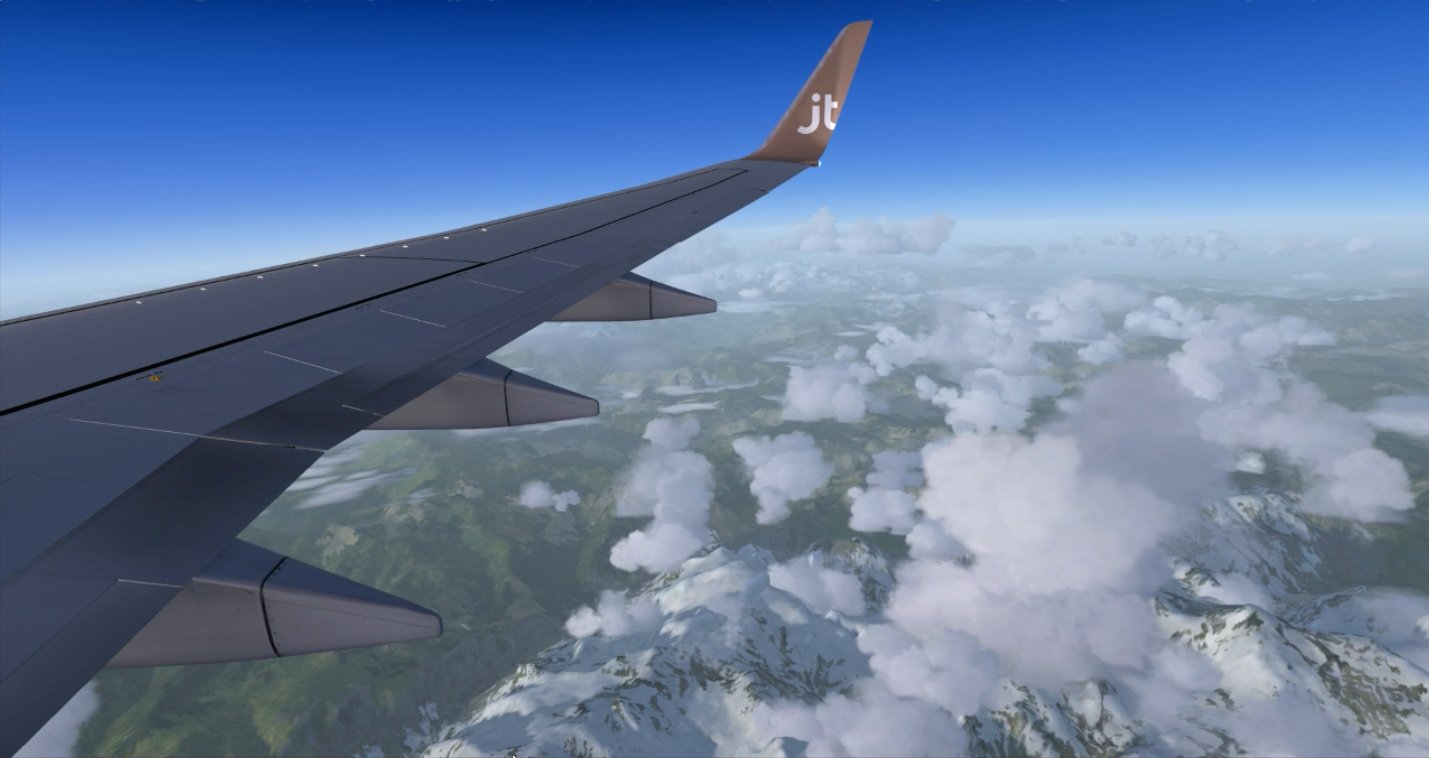Ludic revisionism or historical playfulness?
Nanut Thanapornrapee ambitious transmedia project, The History is Auto-Generated (2022), is a remarkable exploration of alternate histories and their capacity to be appropriated, molded, reimagined, and even embodied across an array of mediums, including experimental film, animation, machinima, and AI-generated texts. The project is underpinned by Thanapornrapee’s epistemological quest to decode reality, which acknowledges that we are continuously bombarded with simulated narratives that shape our perceptions and understanding of the world. In this sense, Thanapornrapee’s project is a bold attempt to reclaim some kind of agency in these narratives and empower viewers to chart their own course of history.
In his first solo show The History is Auto-Generated (2022), staged at WTF Gallery in Bangkok, Thailand, viewers could engage with an interactive online platform showcasing historical turning points in Thailand’s society, economy, and politics, temporarily inhabit different personas and make choices that could determine the course of the narrative. The result is a unique, personalize, co-generated history, where the lines between simulation and reality become blurred. The History is Auto-Generated showcases a series of these narratives, brought to life through a collection of short machinima that offer a glimpse into possible alternative universes. During the exhibition, visitors were also invited to participate in a workshop where they could embed 3D personas and engage in dialogue with one another through the prompts of these alternative histories.
Thanapornrapee’s project of ludic revisionism and historical playfulness is not just a trivial pursuit. It invites us to explore the power of imagination and the potential for change in an era marked by a bleak sense of foreboding. By weaving together AI-generated scenarios based on the collective subconscious, Thanapornrapee has created a context where time flows at the tips of our keyboards, and dreams appear within reach, perhaps the ultimate form of delusion.
Among Thanapornrapee’s main inspirations for the project is Mark Fisher’s notion of capitalism realism, the hegemonic ideology of our times — the belief that capitalism is the only viable economic system, and that any alternative is either impossible or impractical. This ideology is so pervasive that it appears to be a form of common sense, an inherent and natural part of our reality. It is, as Fisher notes citing Franco “bio” Berardi, a sort of “slow cancellation of the future” — a sense that there is no alternative to the present system, and that any hope of a better world is illusory. And yet, by recognizing the limitations and failures of the current system, we can begin to imagine and create alternatives that might lead to a more just and equitable world. However, one may question how AI can generate novel kinds of history since algorithms are trained on existing datasets, that is, past information. If anything, AI “content generation” seems to be doomed to repeat the same mistakes and thus reinforce “capital realism”, but it also true that algorithms can be trained differently. That is, another AI-world is possible (?).
As Thanapornrapee explains:
The History is Auto-Generated is “a manifestation of Thailand’s alternative history which was written by artificial intelligence in order to help us imagine the possibility of our reality apart from military governance and monopolized economics. The work contains an animation film about simulated history, interactive novel and artifact from the generated narratives. The aim of the project also lets the audience have their agency and interact with the history and rewrite their own narratives. Therefore I would like to continue to explore the possibility of a future where present day we live in capital realism and the consequent downfall of neoliberalism. The ability to create and visualize the projection of tomorrow with the help of artificial intelligence and participatory for imagining the alternatives.
Thanapornrapee’s series The History is Auto-Generated features four episodes, with History Bureau Agent being the most recent addition. In this film, the protagonist uncovers a clandestine operation room used by the Thai Military to manipulate reality. Viewers are privy to a conversation between a history simulator machine and an enigmatic character, both of which were created by the AI. The machinima offers a glimpse into alternative possibilities for the present world, beyond the confines of military dictatorship and capitalism. History Bureau Agent’s seven minutes and forty-eight seconds of digital video and machinima are sure to leave a lasting impression on audiences.
A Tale of Two Thailands takes place in an alternative future where Thailand has been divided into two states, one being an anarchist state, and the other a military shogunate. The visual components of the film were created using a screen record of video games, following the story and dialogue written by the AI. This machinima is featured in the Counter-narratives program of the Milan Machinima Festival MMXXIII alongside works by Martin Bell, Colin Stagner, and Rhett Tsai.
Dawn of 1932 is a stand-out example of Thanapornrapee’s project, taking viewers on a journey to the revolutionary day of Siam (Thailand), where democracy was on the horizon. The protagonist, a government officer, must confront a corrupt leader and make a difficult decision that will shape the future of Thailand. Through a combination of gripping storytelling and stunning animation, viewers are transported to a world where anything is possible.
Finally, Payback of 2010 is a gripping tale set during the mass protests that rocked Bangkok in 2010. The protagonist travels back in time to seek revenge for an innocent citizen killed by the government. The result is a thrilling and thought-provoking exploration of justice, power, and the enduring legacy of political violence. Thanapornrapee’s The History is Auto-Generated is a timely and thought-provoking work that invites us to imagine different futures and explore the potential for social change.
VRAL supporters on Patreon will have access to exclusive content related to The History is Auto-Generated, including an in-depth conversation between Thanapornrapee and Gemma Fantacci.
(continues)
Matteo Bittanti
Artist bio
Nanut Thanapornrapee is a visual artist who uses essay images and a participatory approach to explore the meta-narrative and history of people and technology. Thanapornrapee graduated in Journalism and Mass Communication (with a major in photography and filmmaking) at Thammasat University. In 2021 he participated with Baan Norg Collaborative Art and Culture to create HAWIWI: I Wish I Wrote a History which experiments on meta-narrative by writing a history of Ratchabur, a city in Western Thailand, via card game and participatory with locals including high schooler and elementary students. In 2021 he received the Prince Claus Seed Award and participated in a mobile lab program at Documenta 15.
Works cited
Nanut Thanapornrapee
The History is Auto-Generated: History Bureau Agent, digital video/machinima, color, sound, 7’ 49’’, Thailand, 2022
The History is Auto-Generated: A Tale of Two Thailands, digital video/machinima, color, sound, 9’ 57’’, Thailand, 2022
The History is Auto-Generated: Dawn of 1932, digital video/machinima, color, sound, 5’ 18’’, Thailand, 2022
The History is Auto-Generated: Payback of 2010, digital video/machinima, color, sound, 5’ 19’’, Thailand, 2022
All images courtesy of the Artist and WFT Gallery


